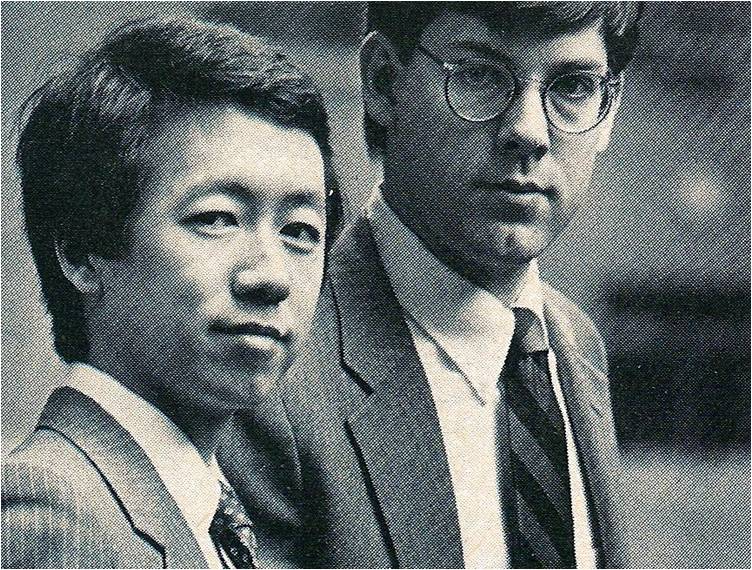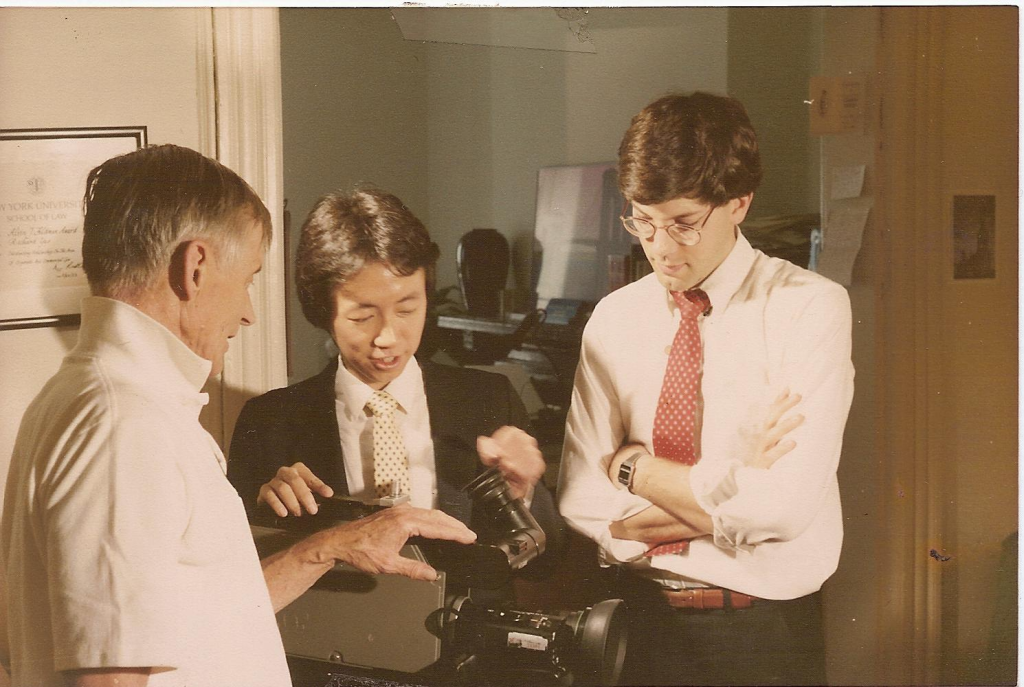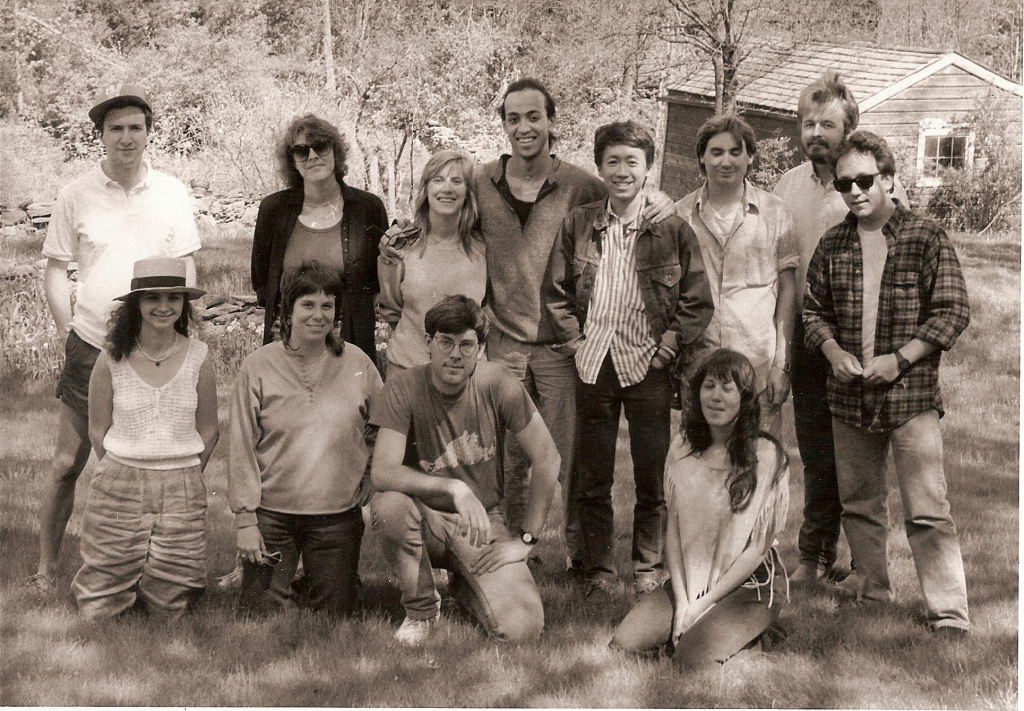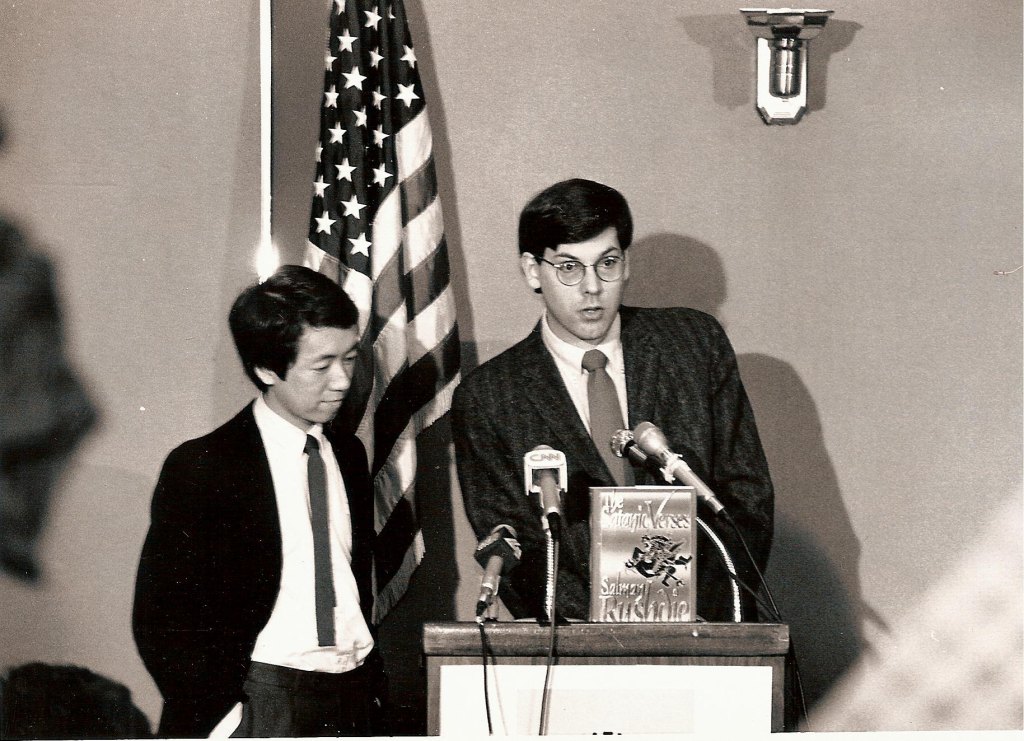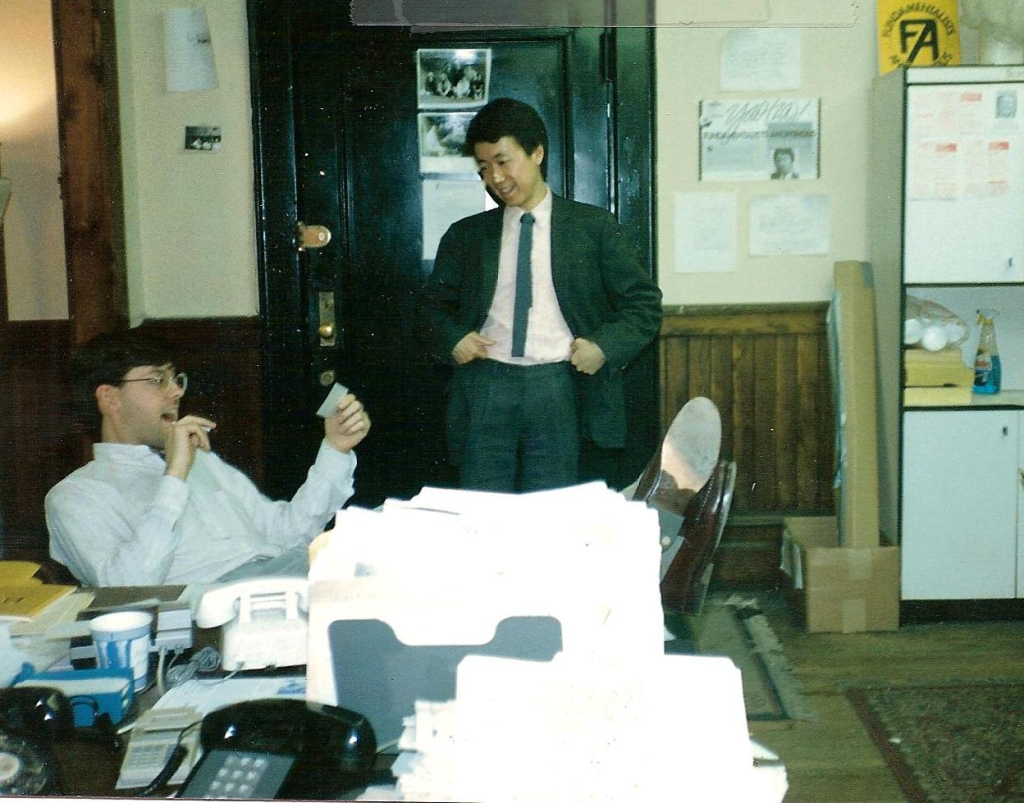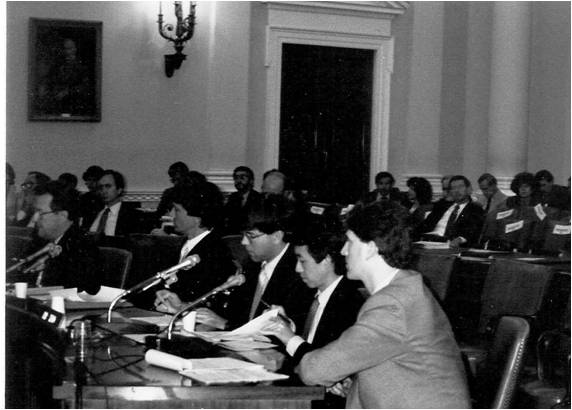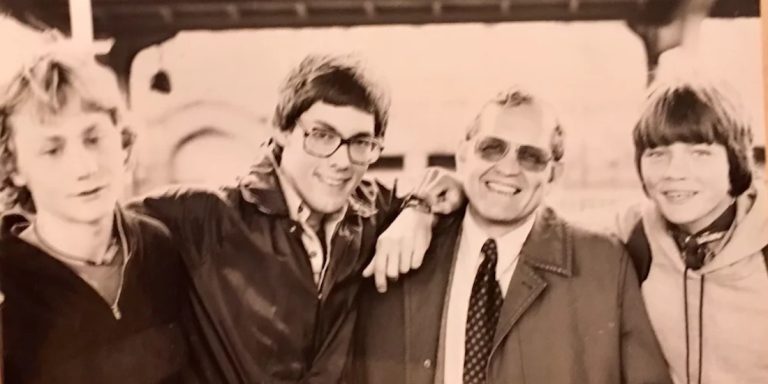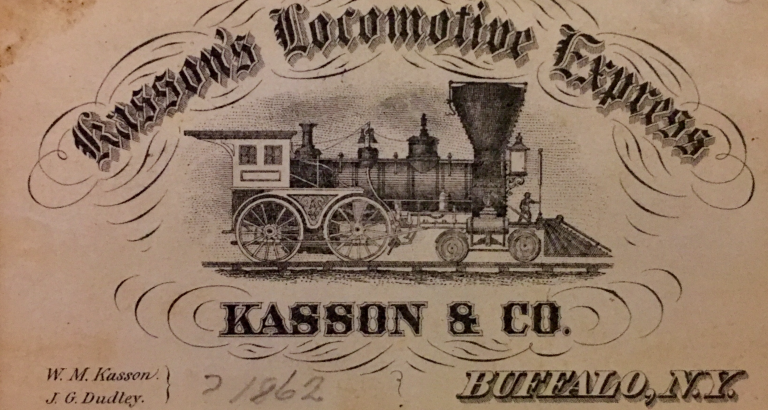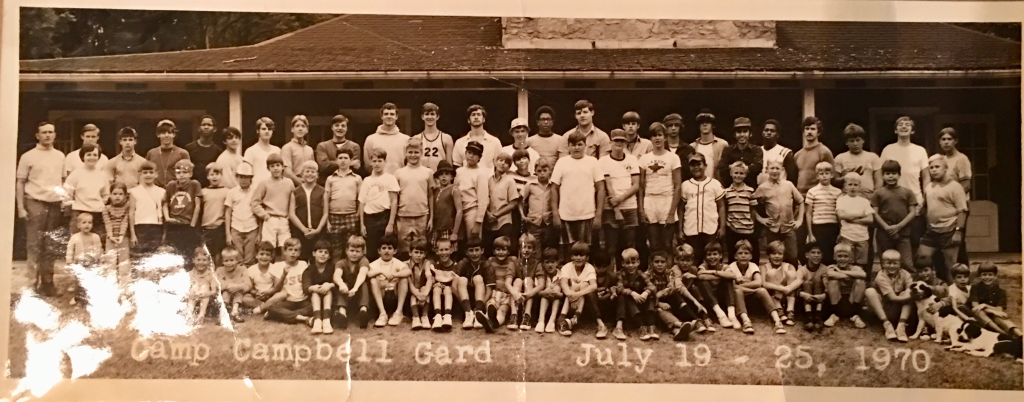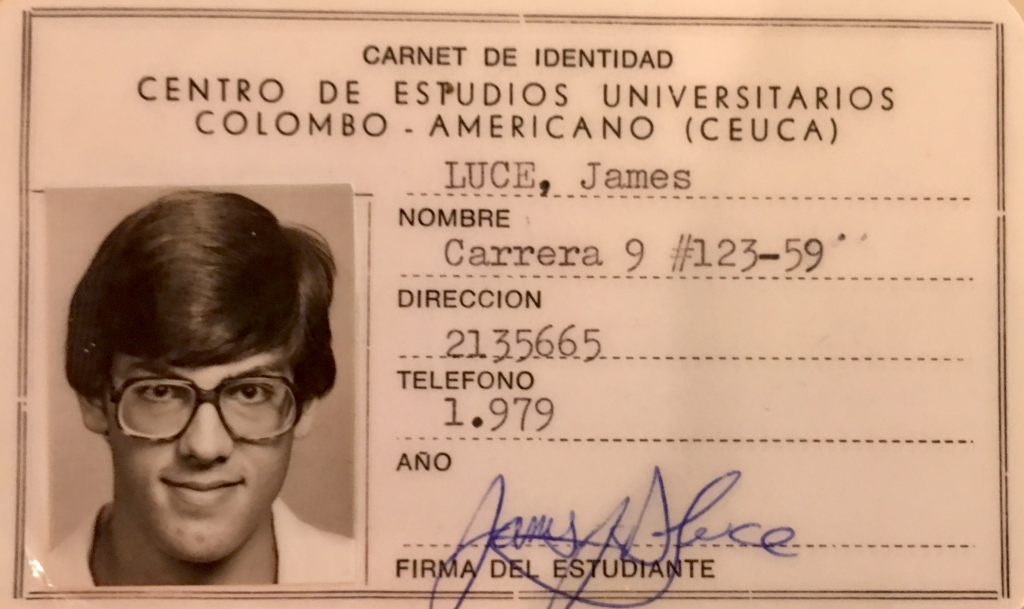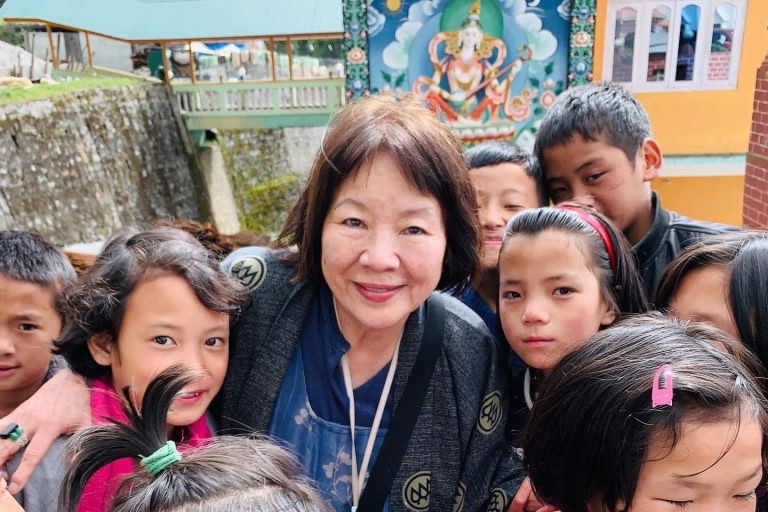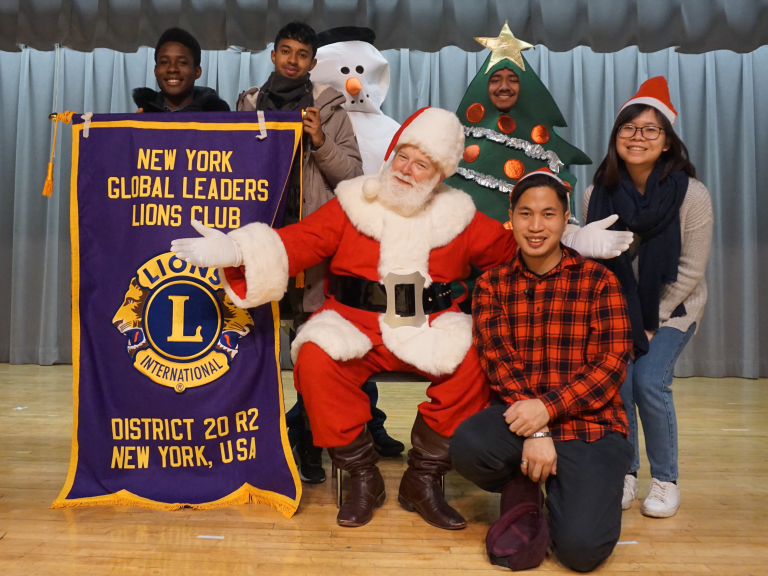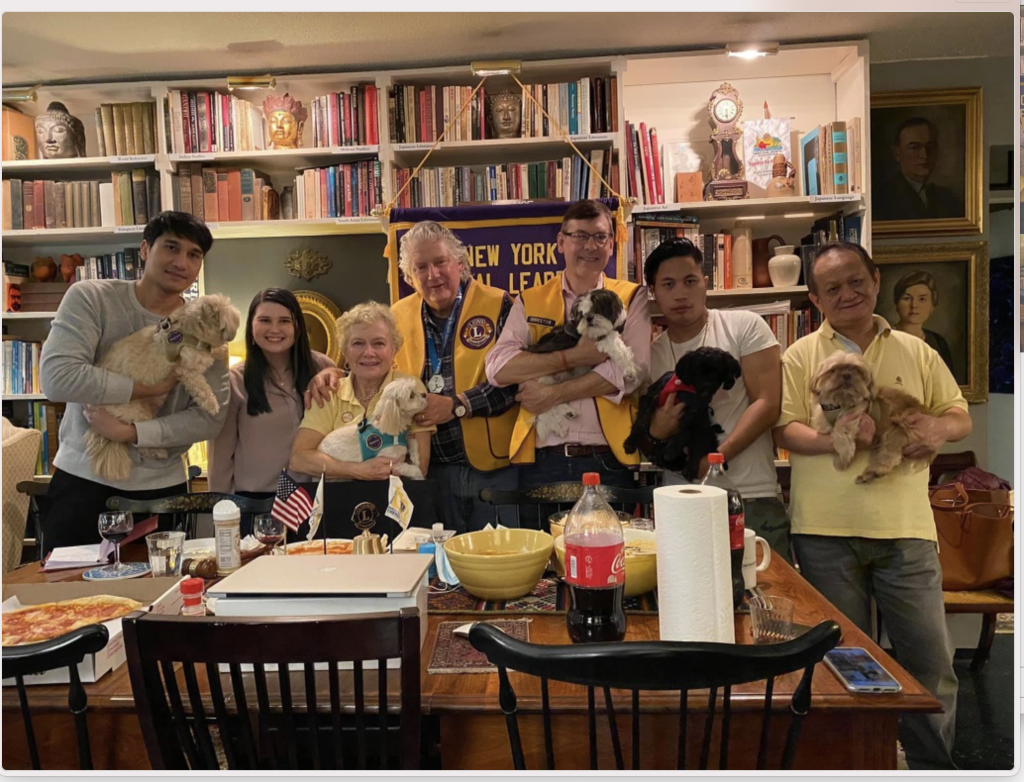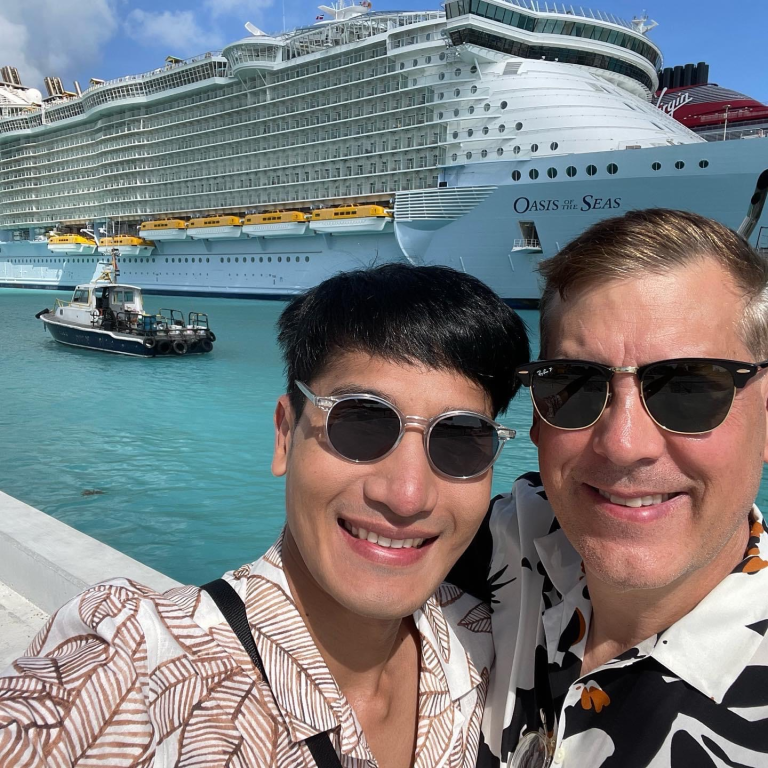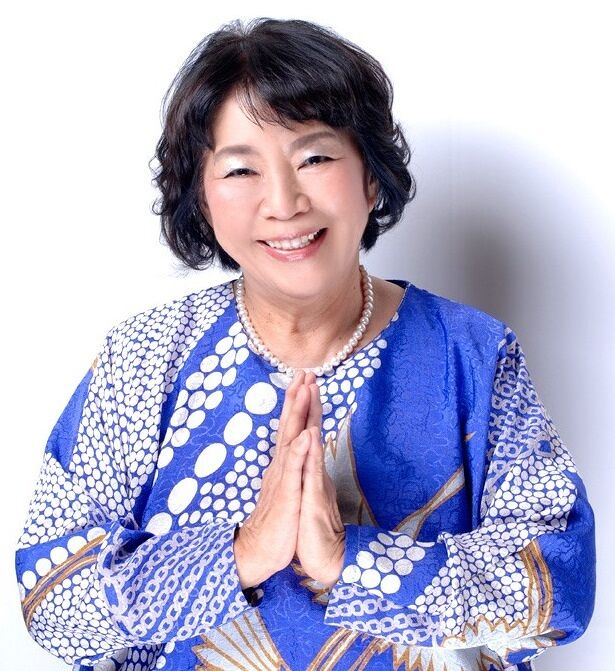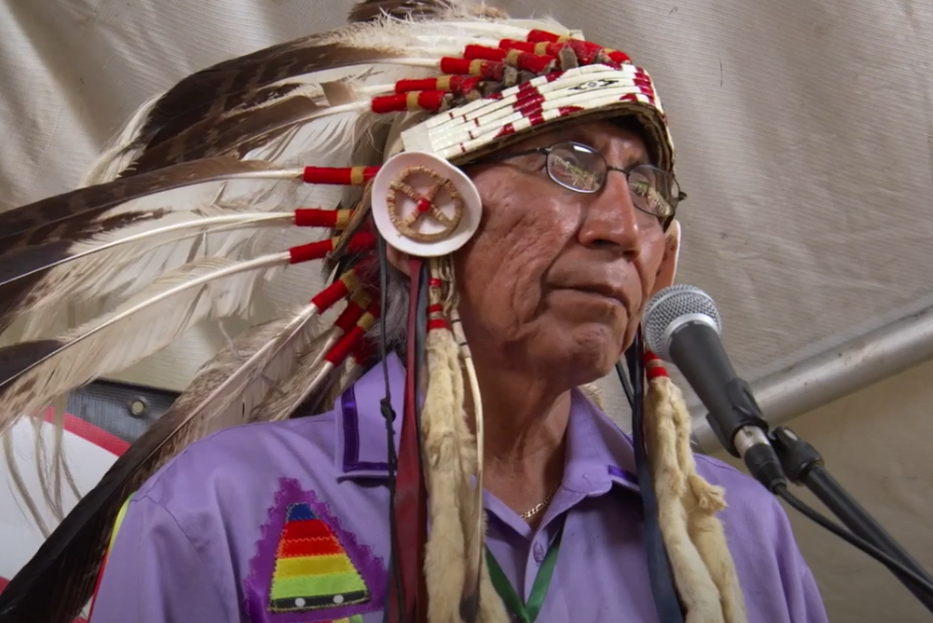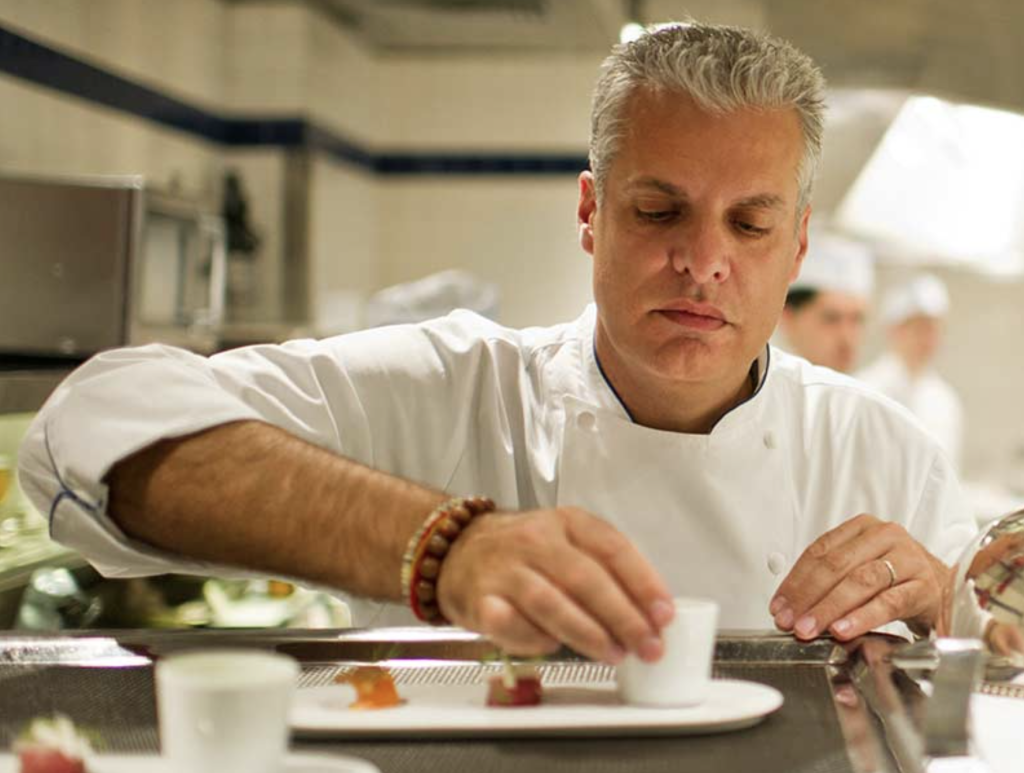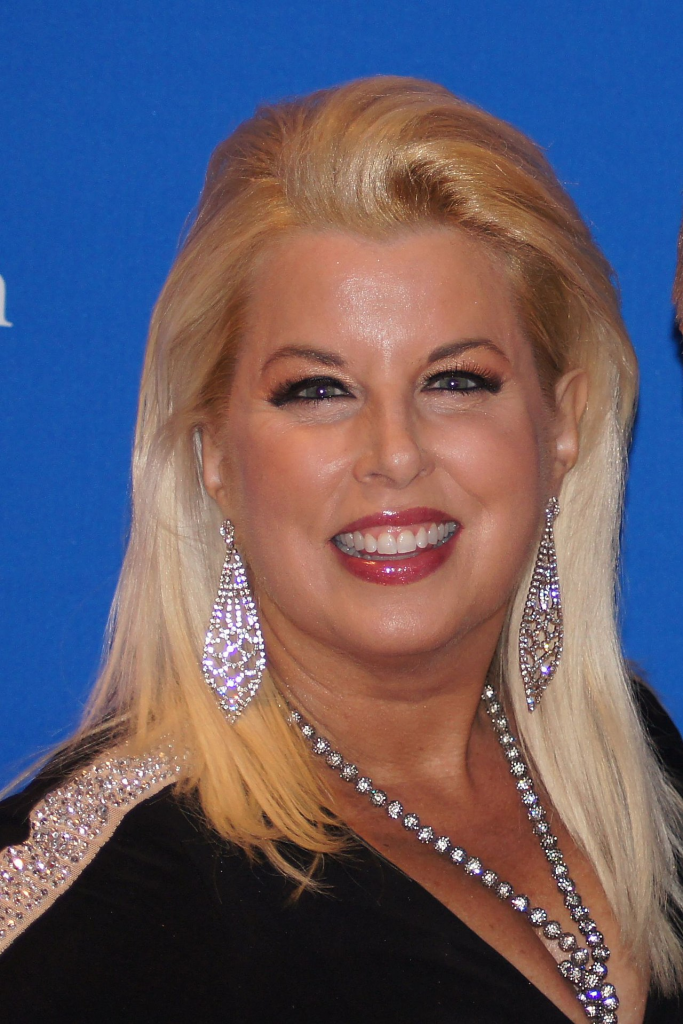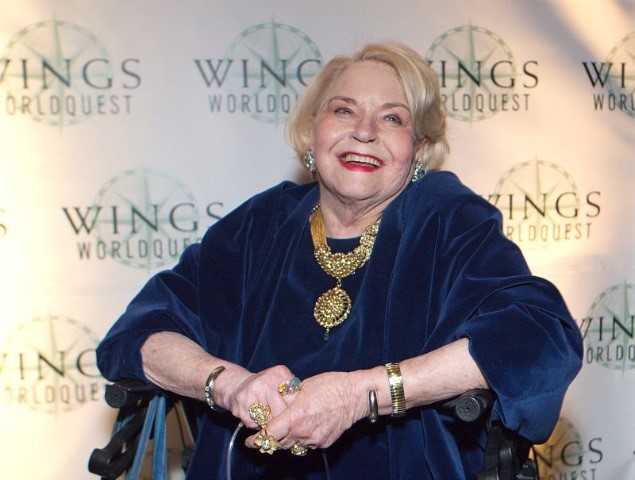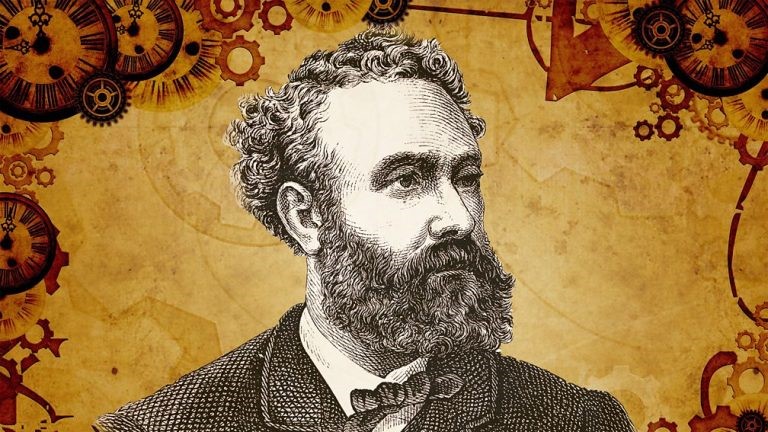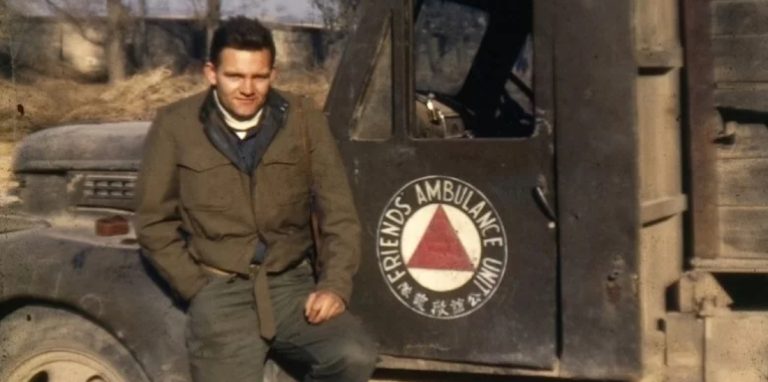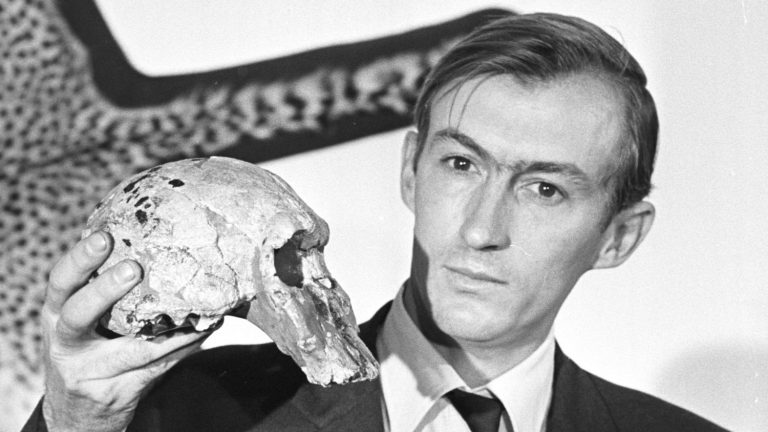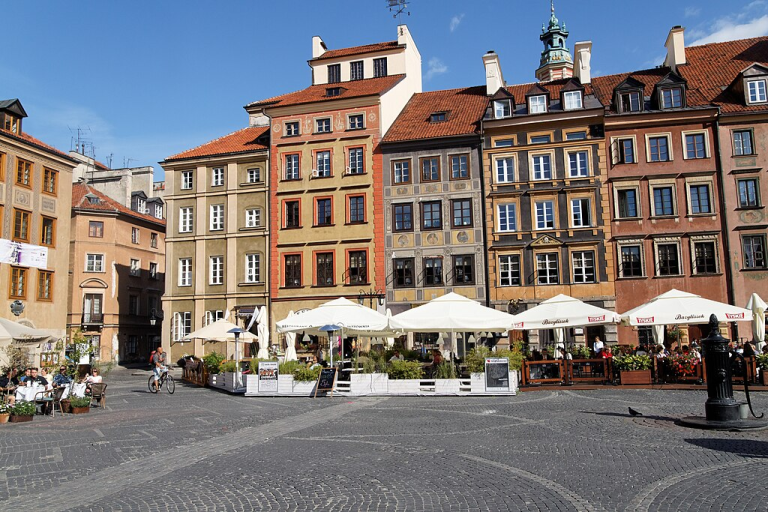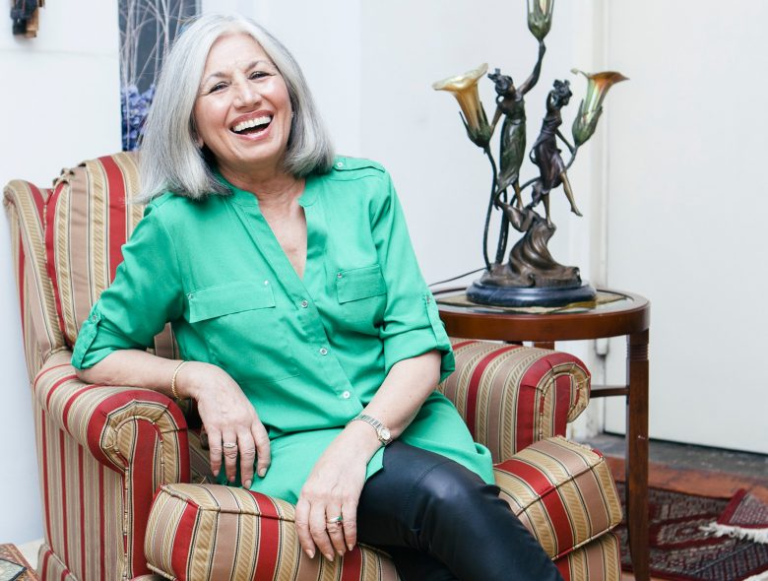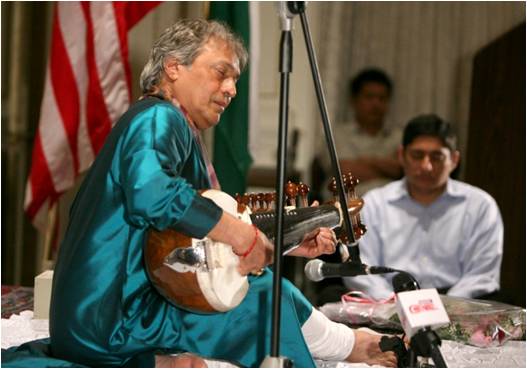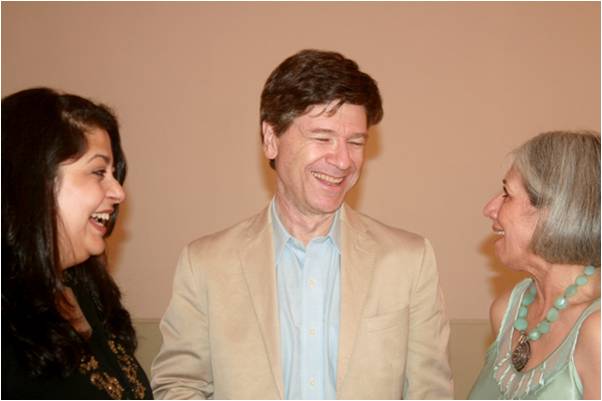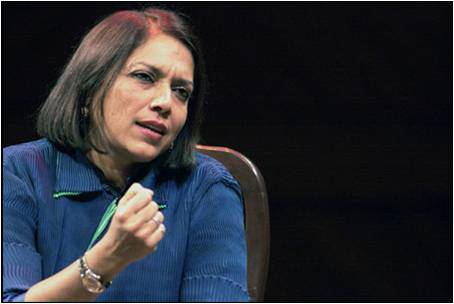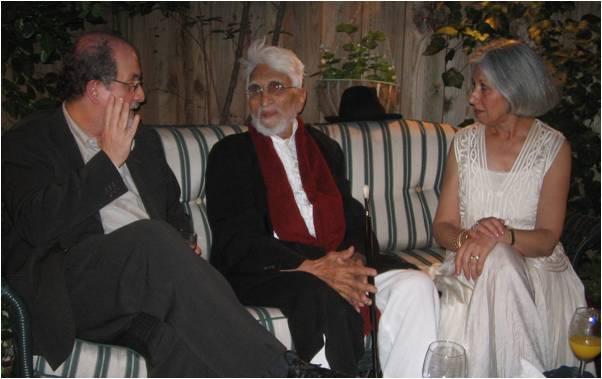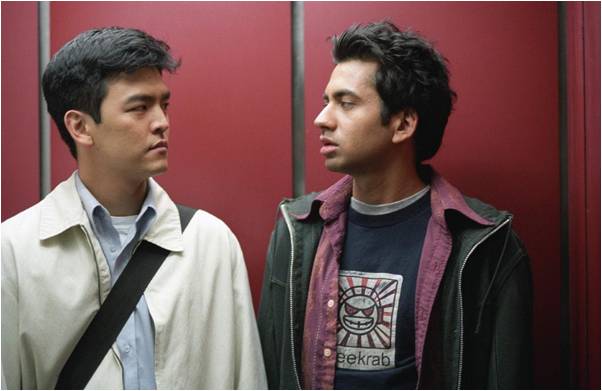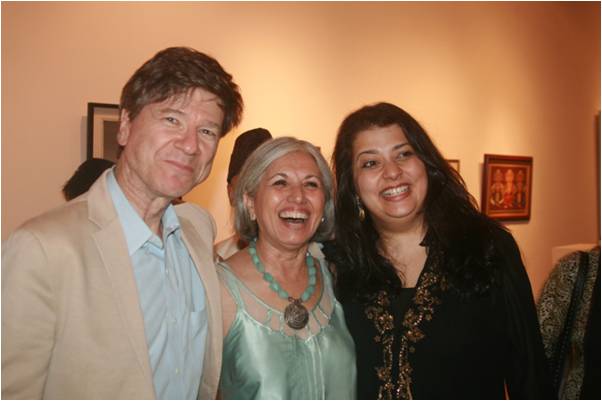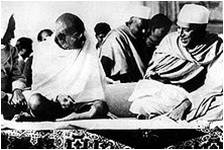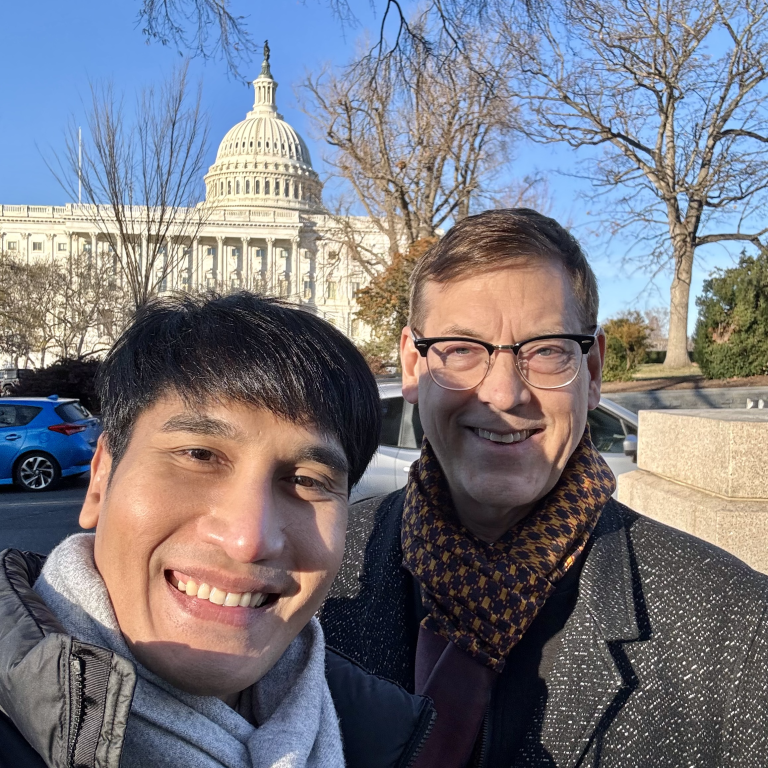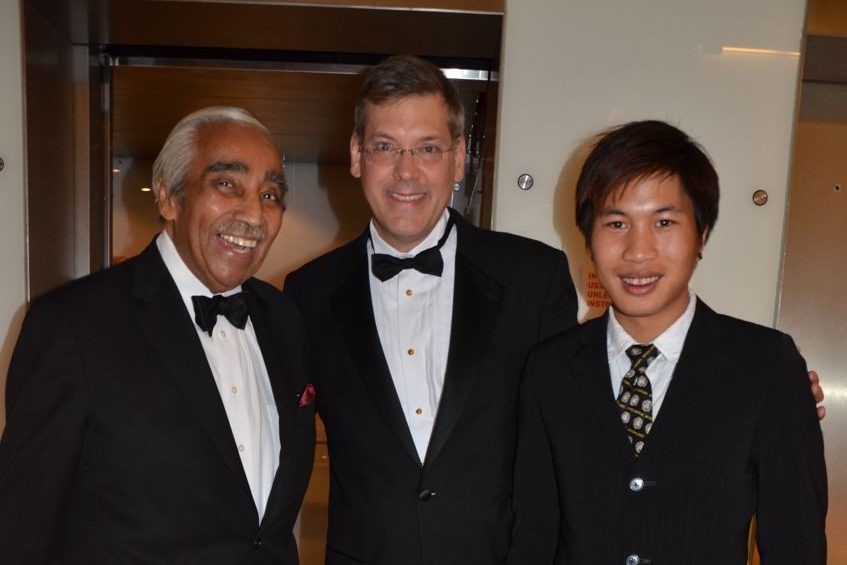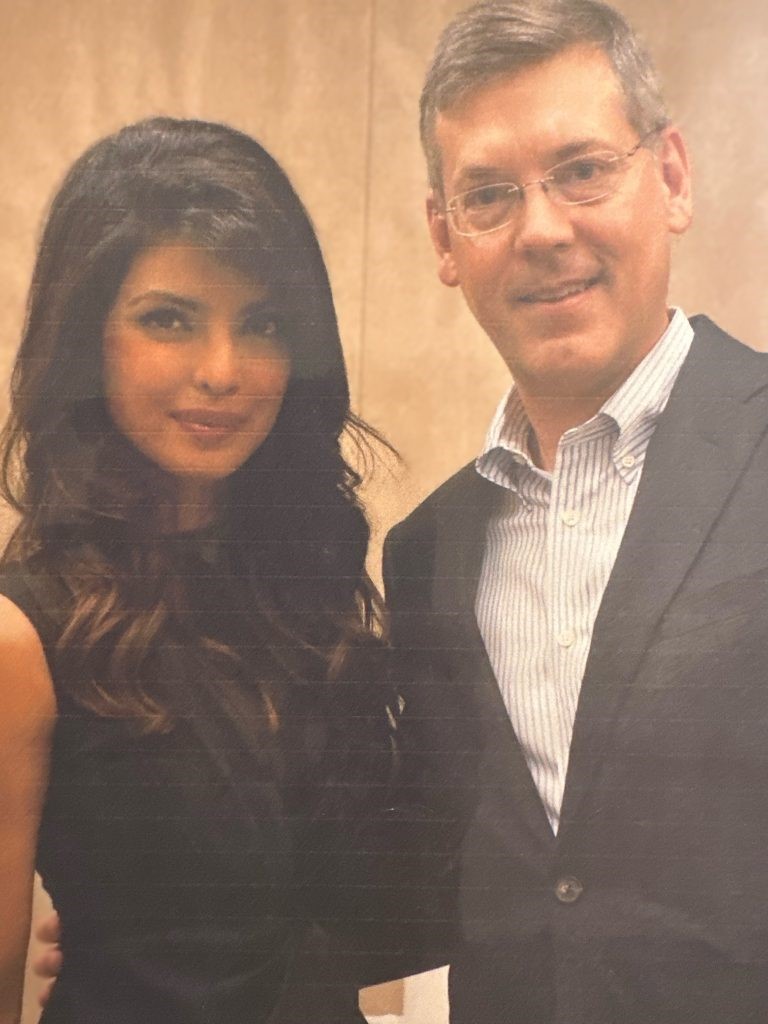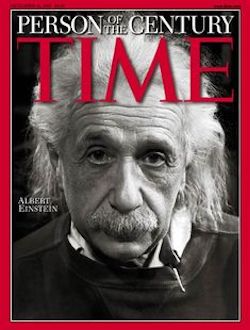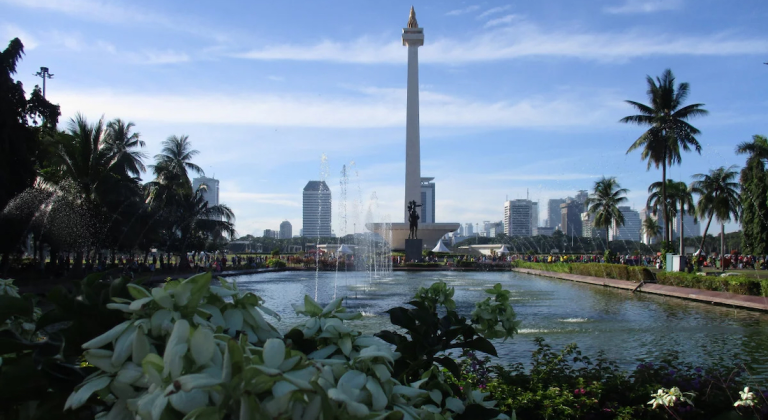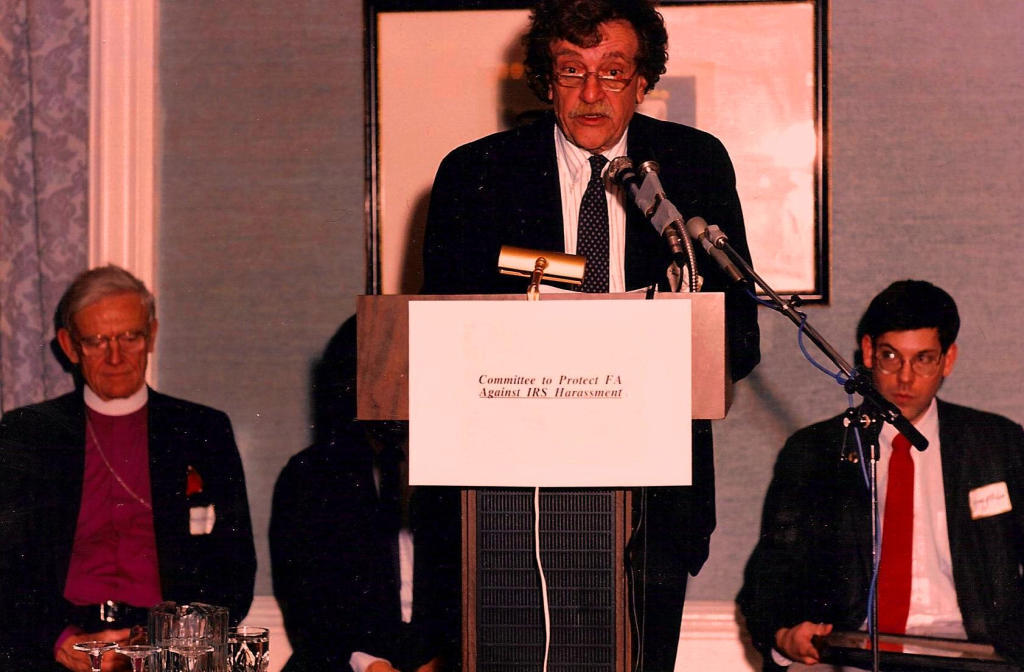
AFS Gap Year in Germany Helped Author Develop Sense of Globalism

AFS, Gap Year, Europe, Germany, Globalism
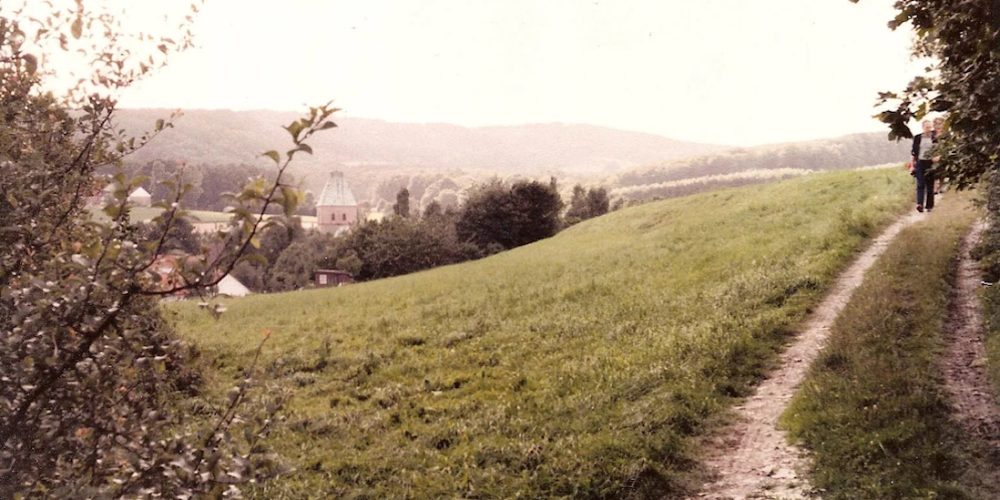
AFS Gap Year in Germany Helped Author Develop Sense of Globalism
My Namesake, James Dudley’s New York-to-Buffalo Train Company
xxx
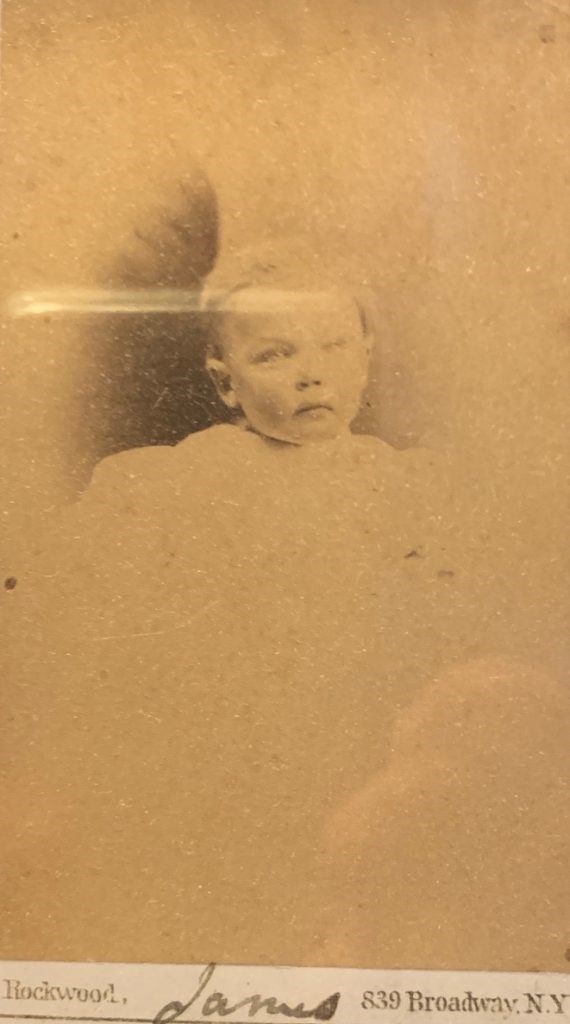
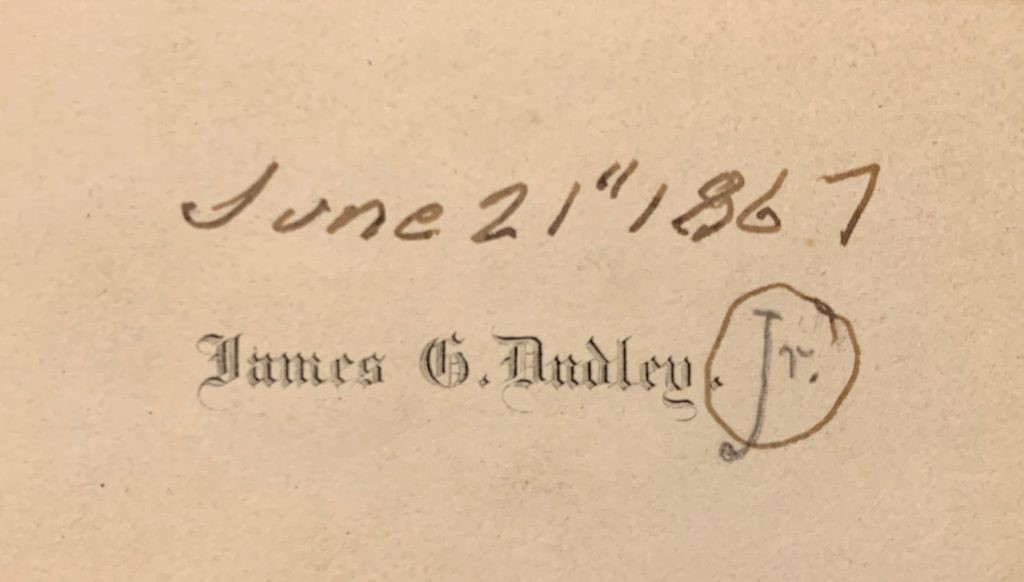
Images of My Mentor and Sensei, Dr. Kazuko Tatsumura
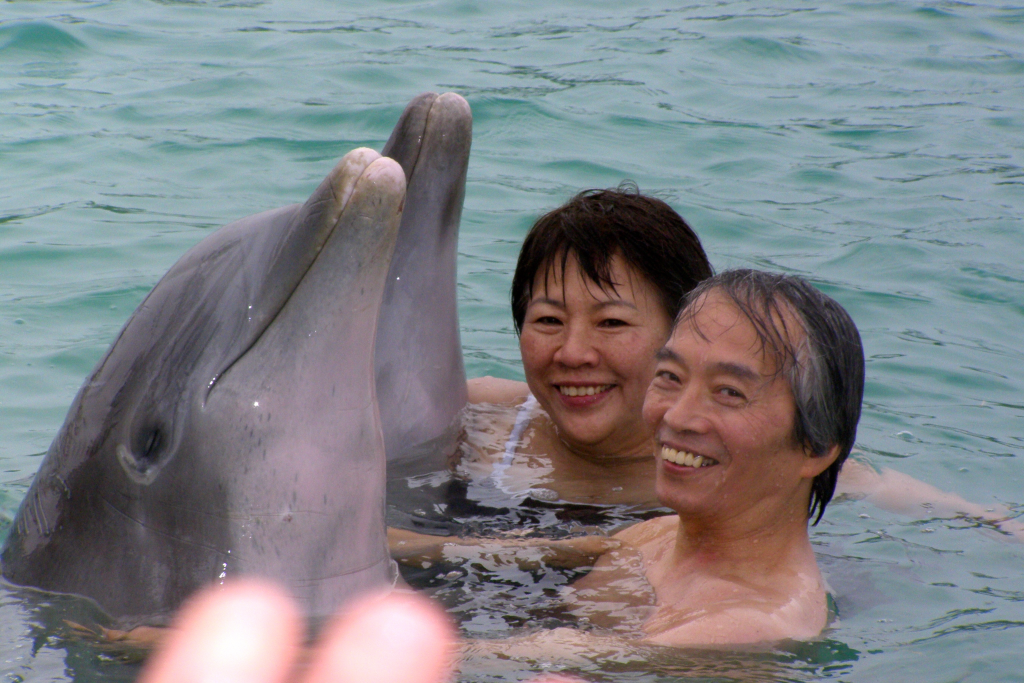
New York, N.Y. [Story in progress]

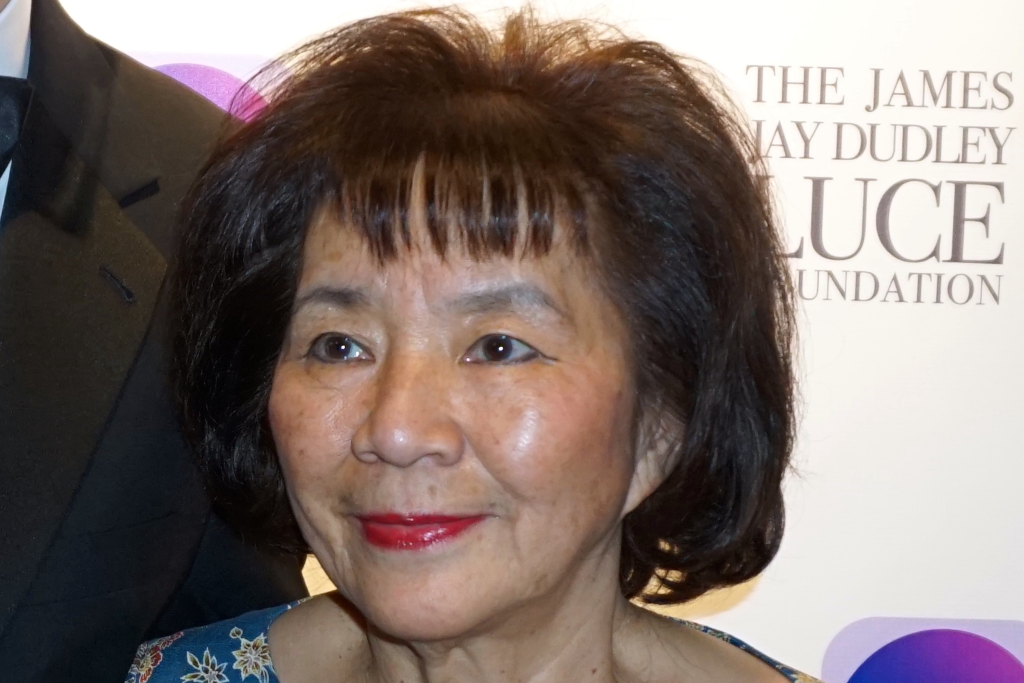
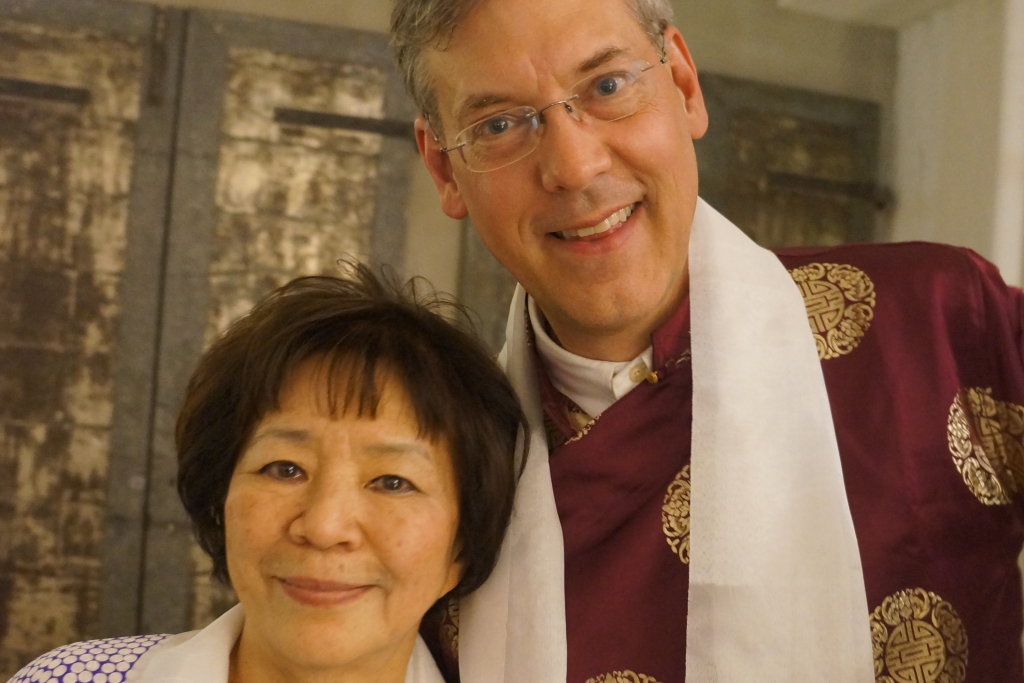
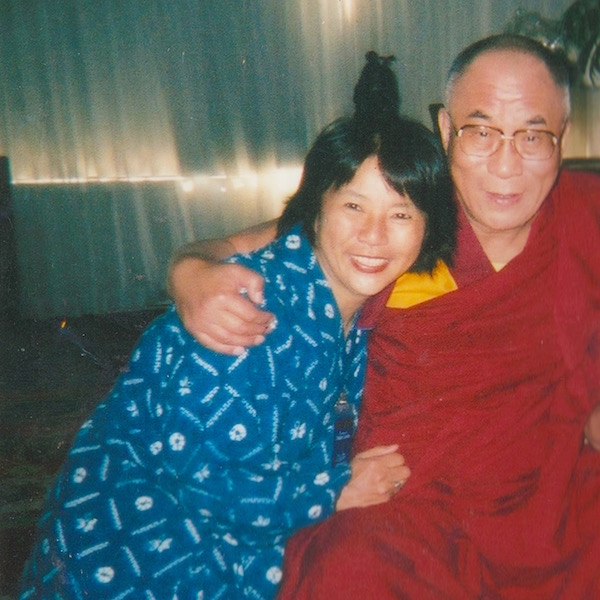
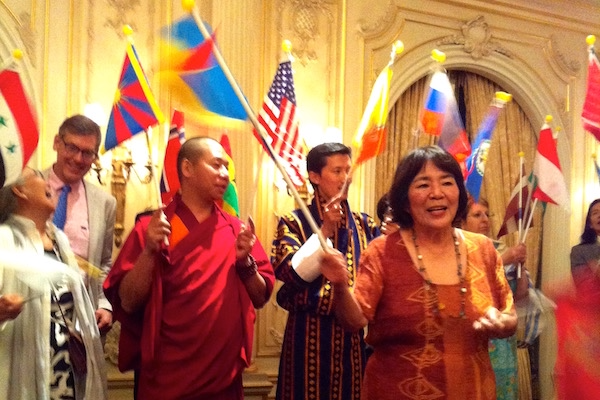
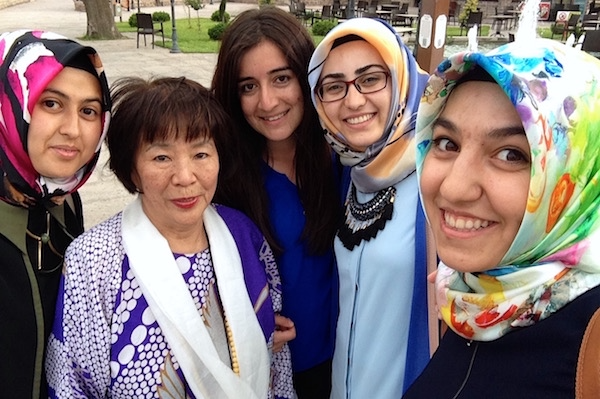
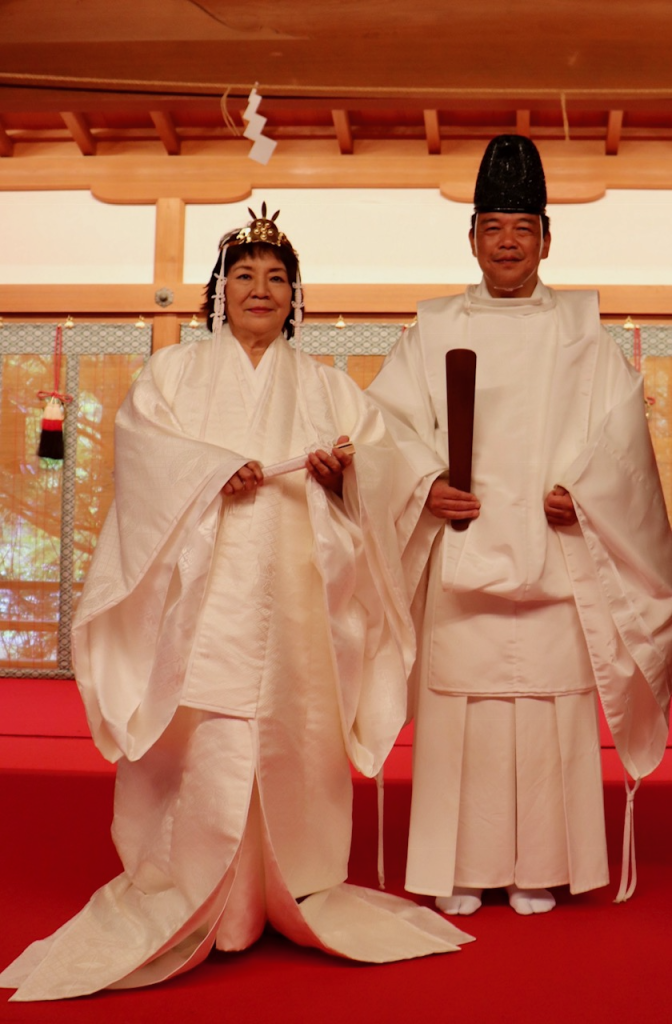
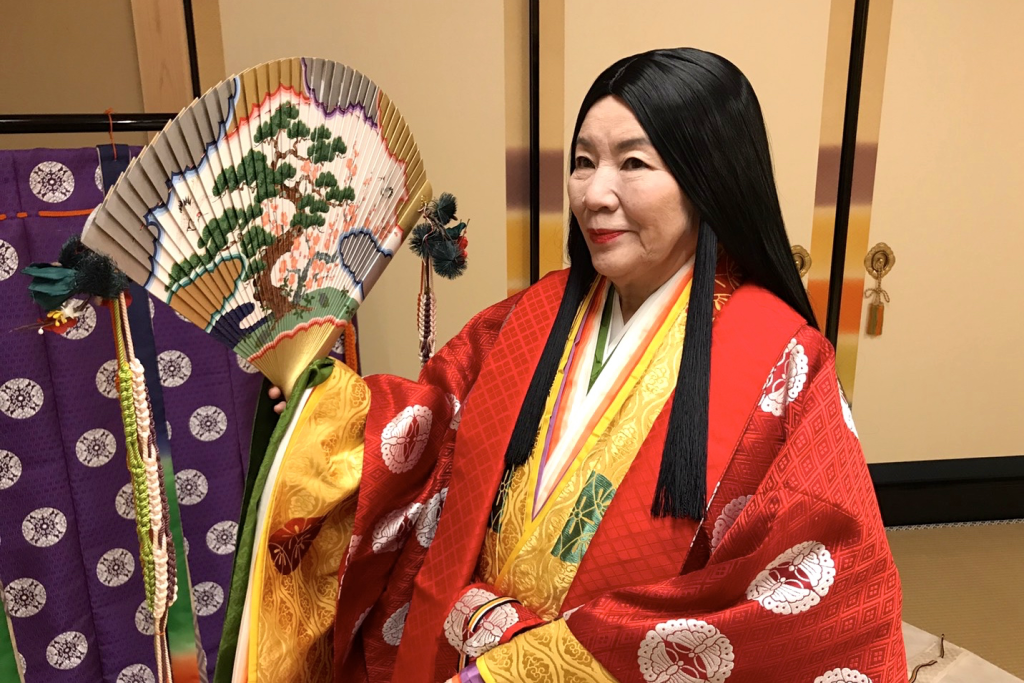
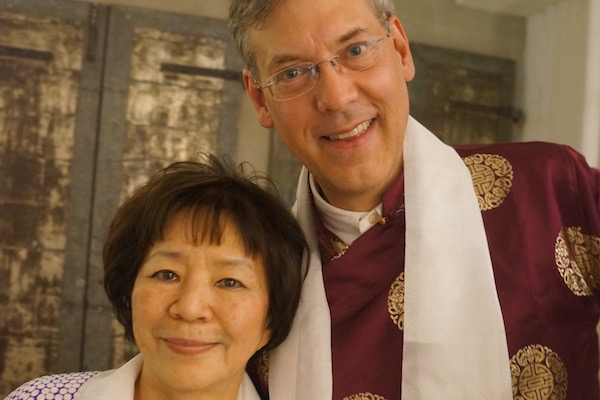
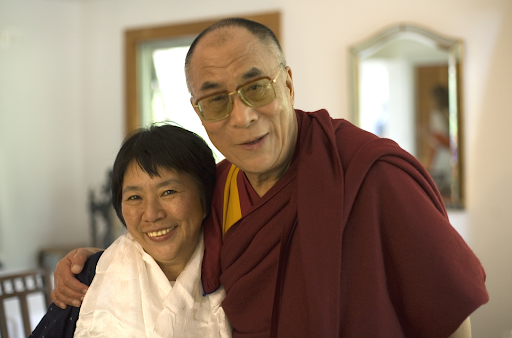
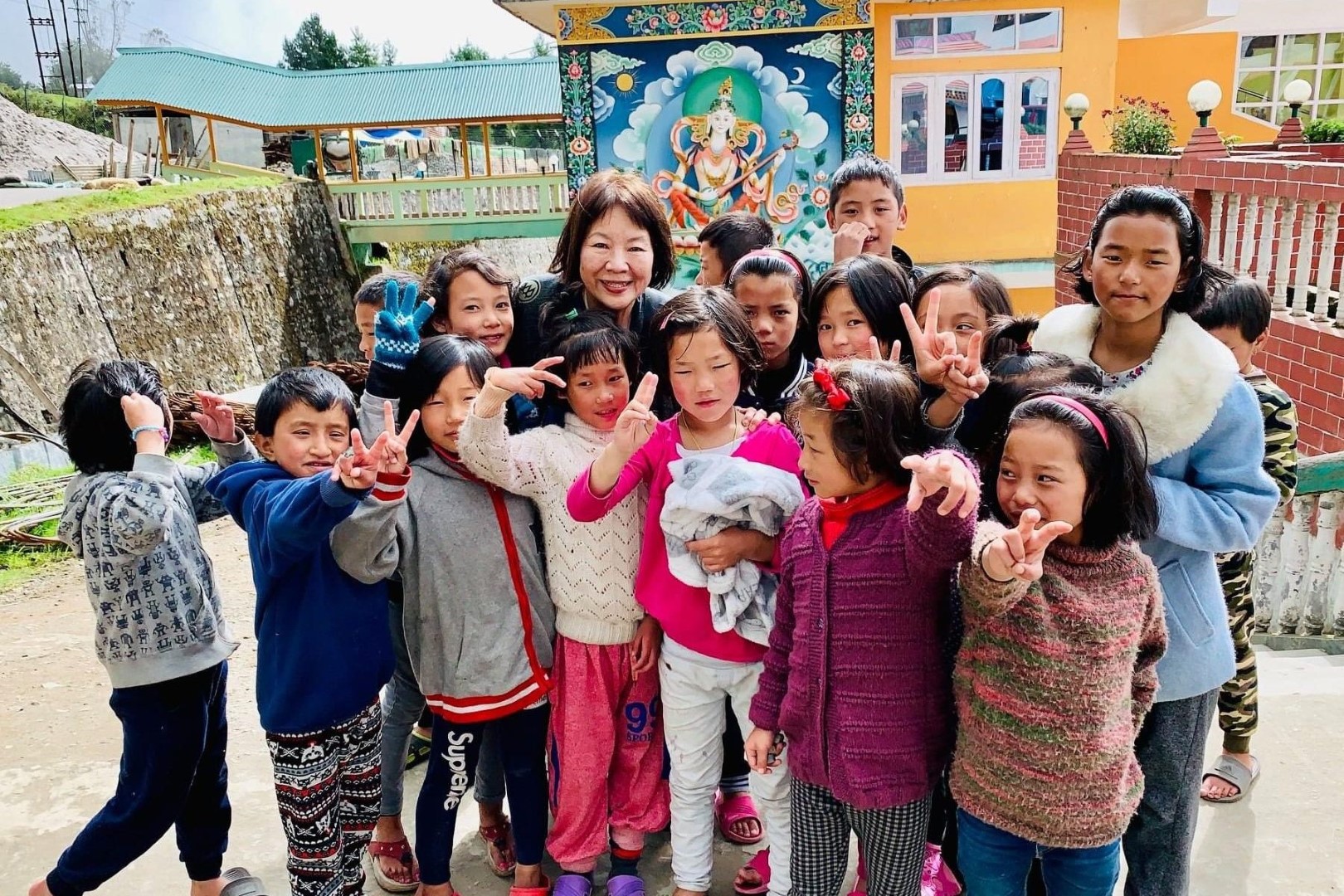
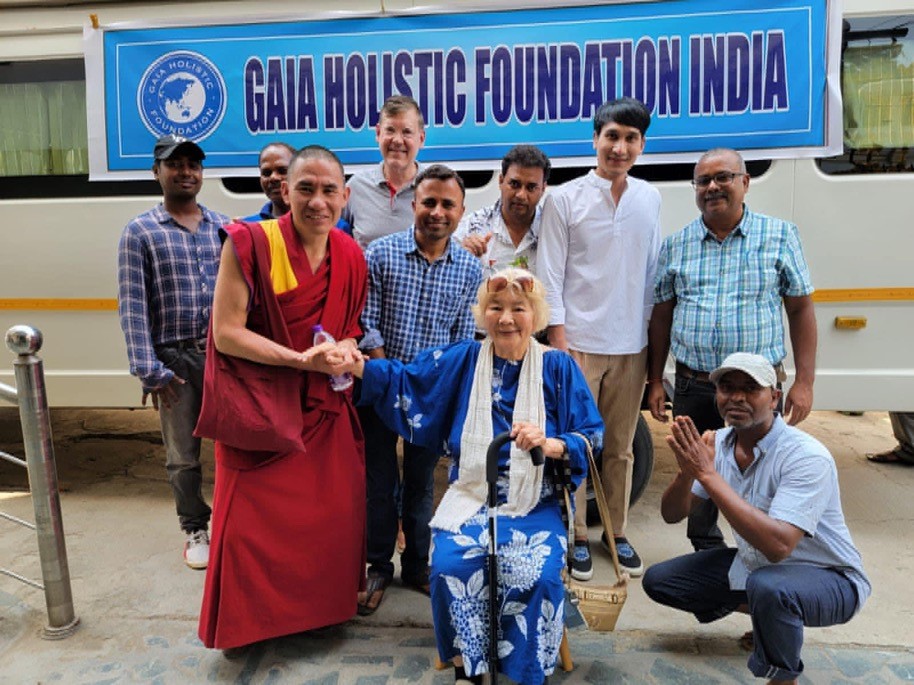

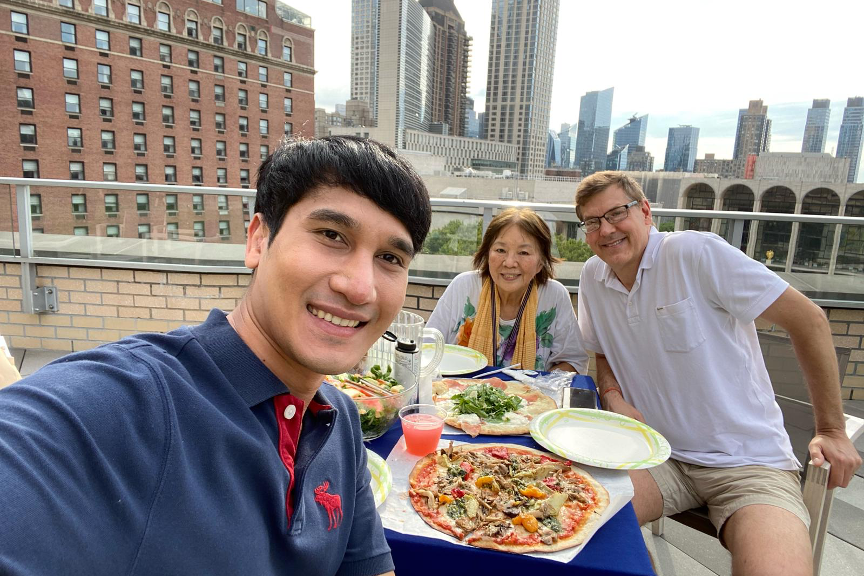
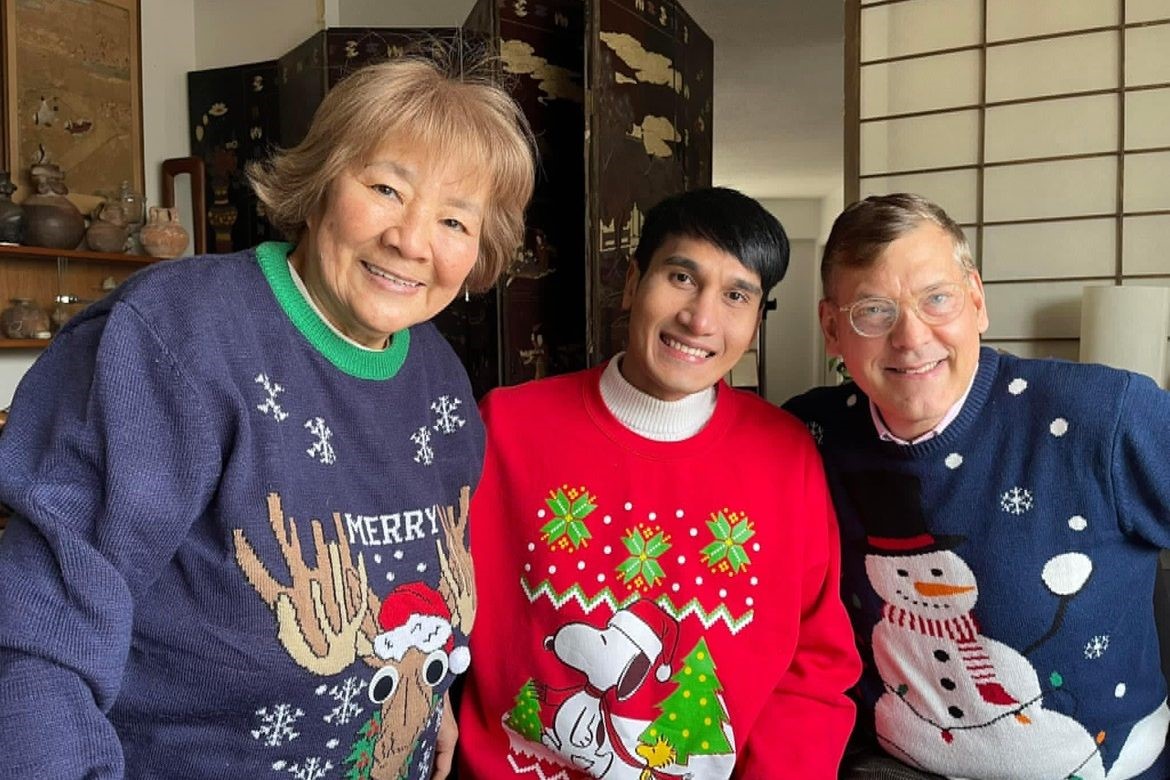
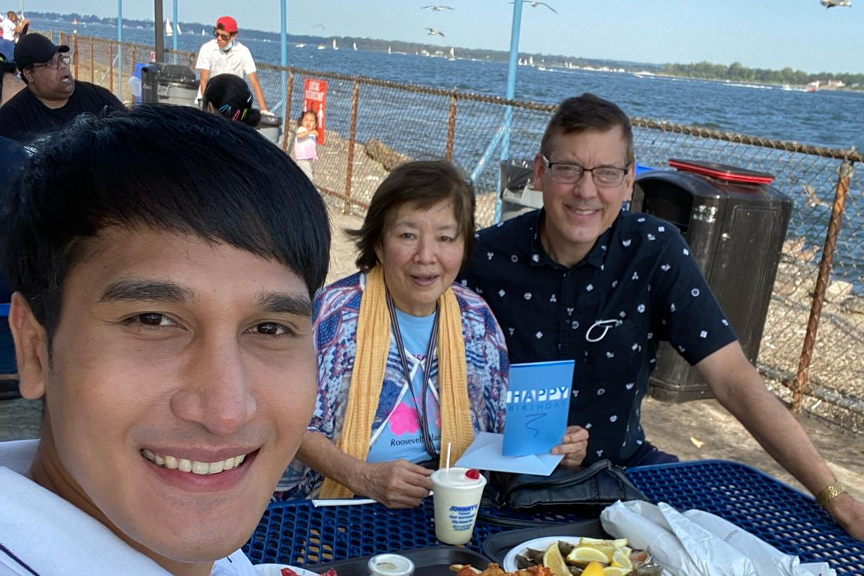
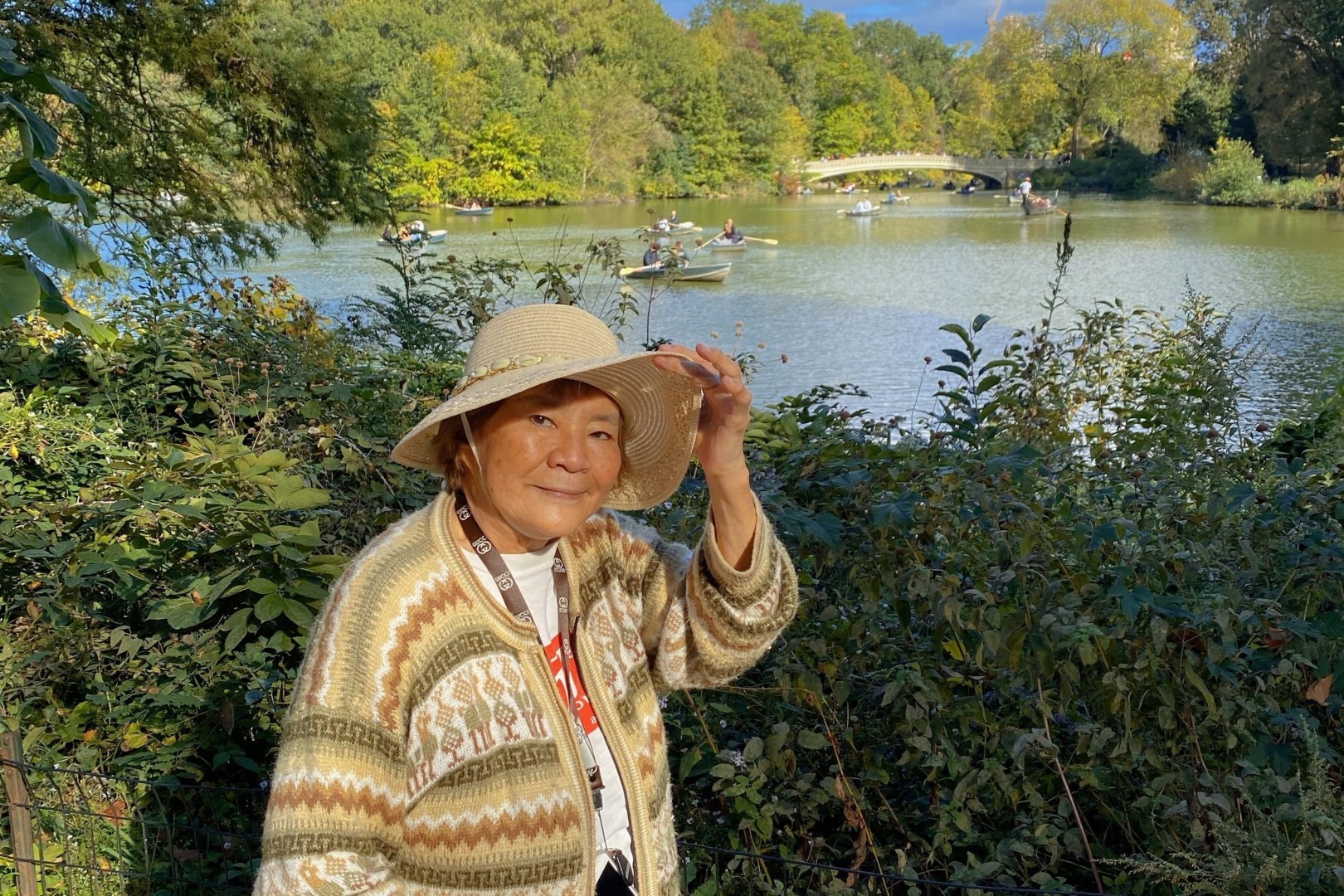
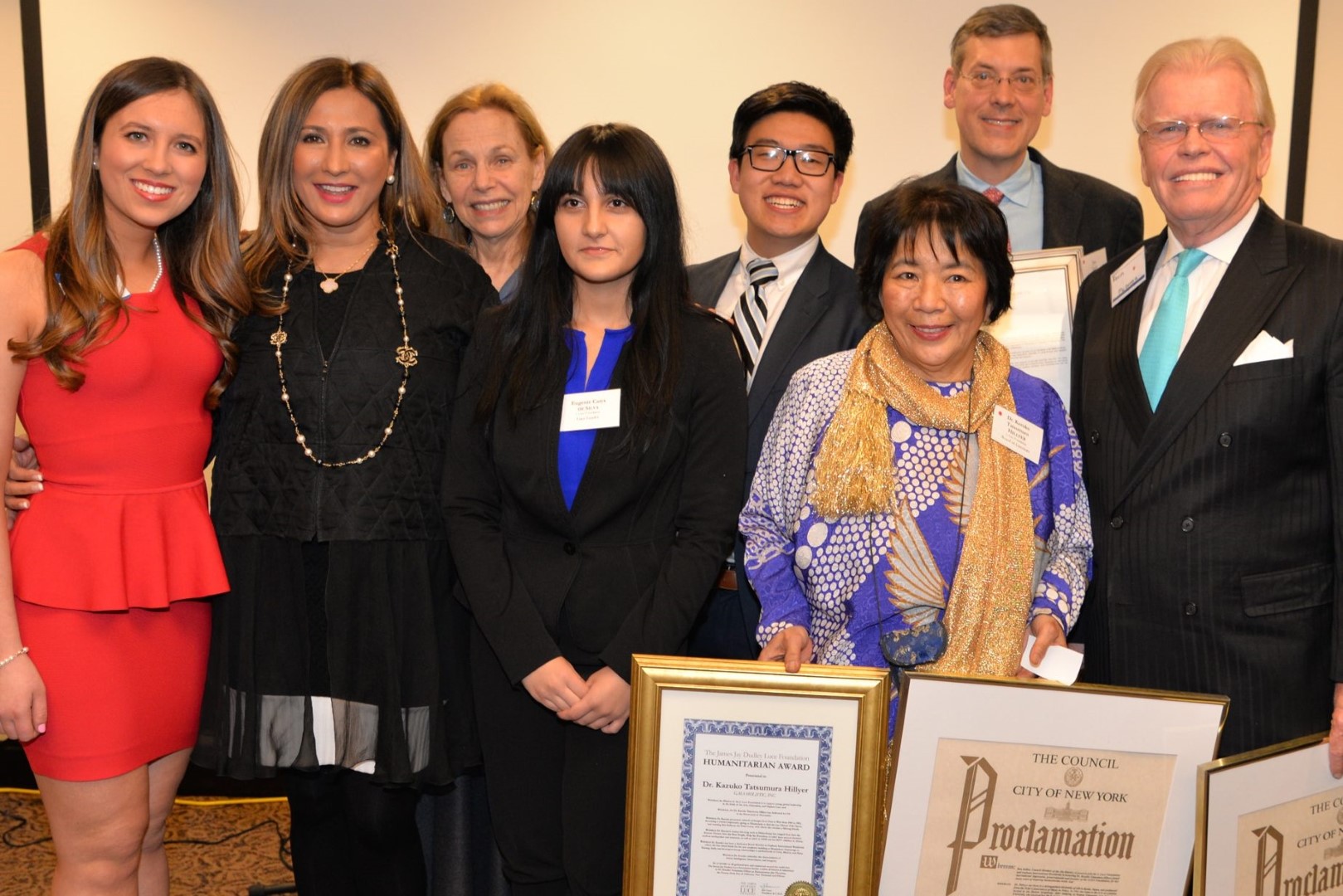
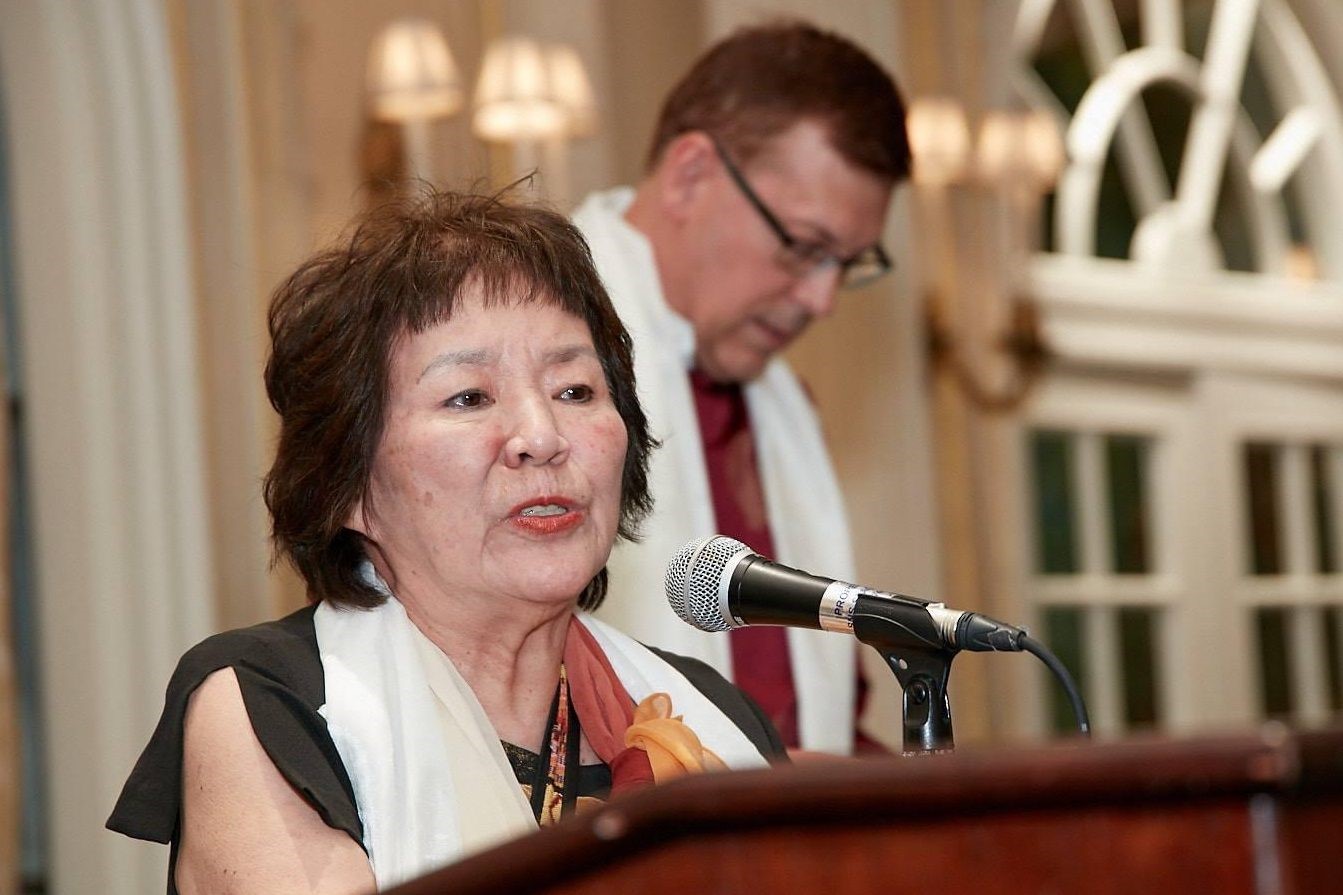
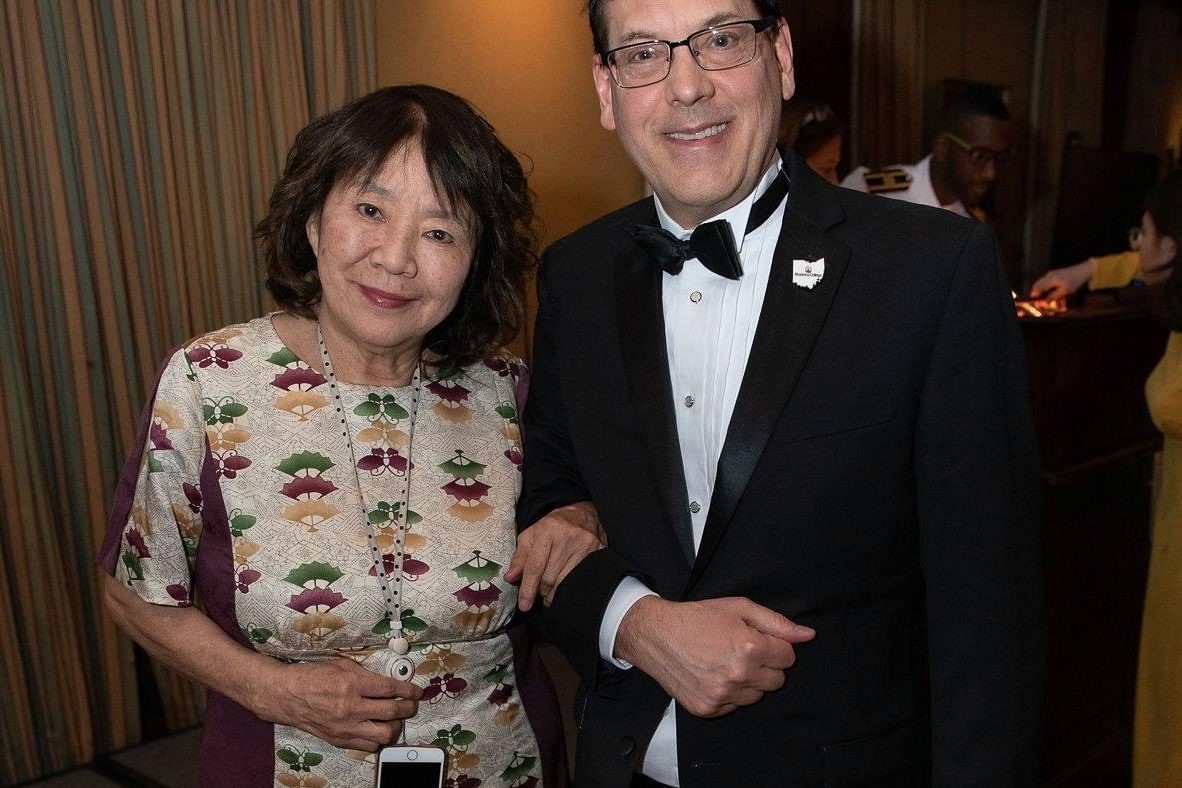
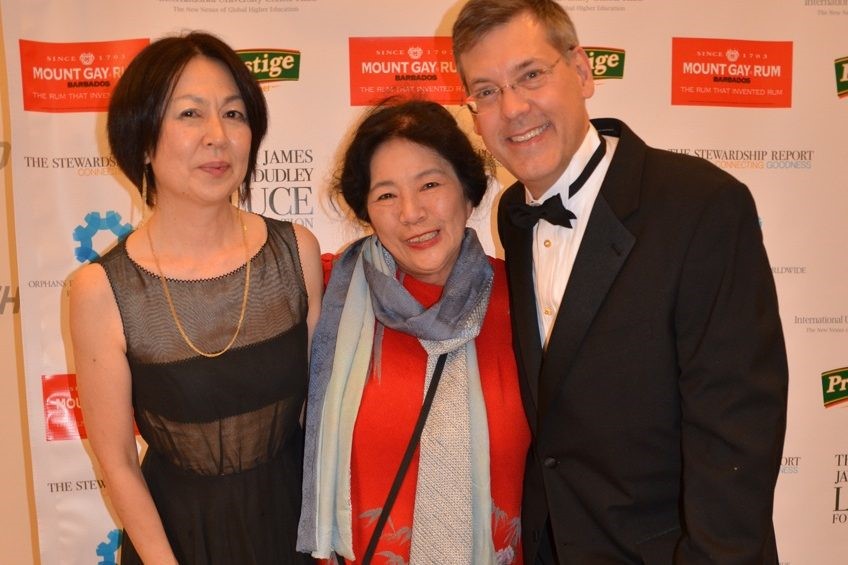
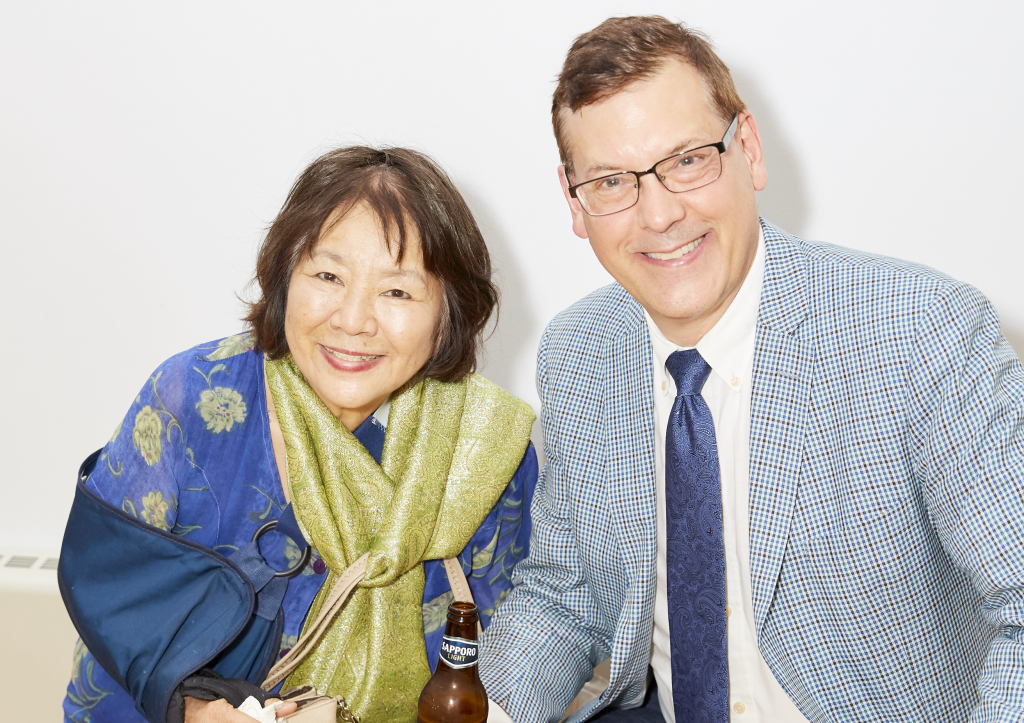
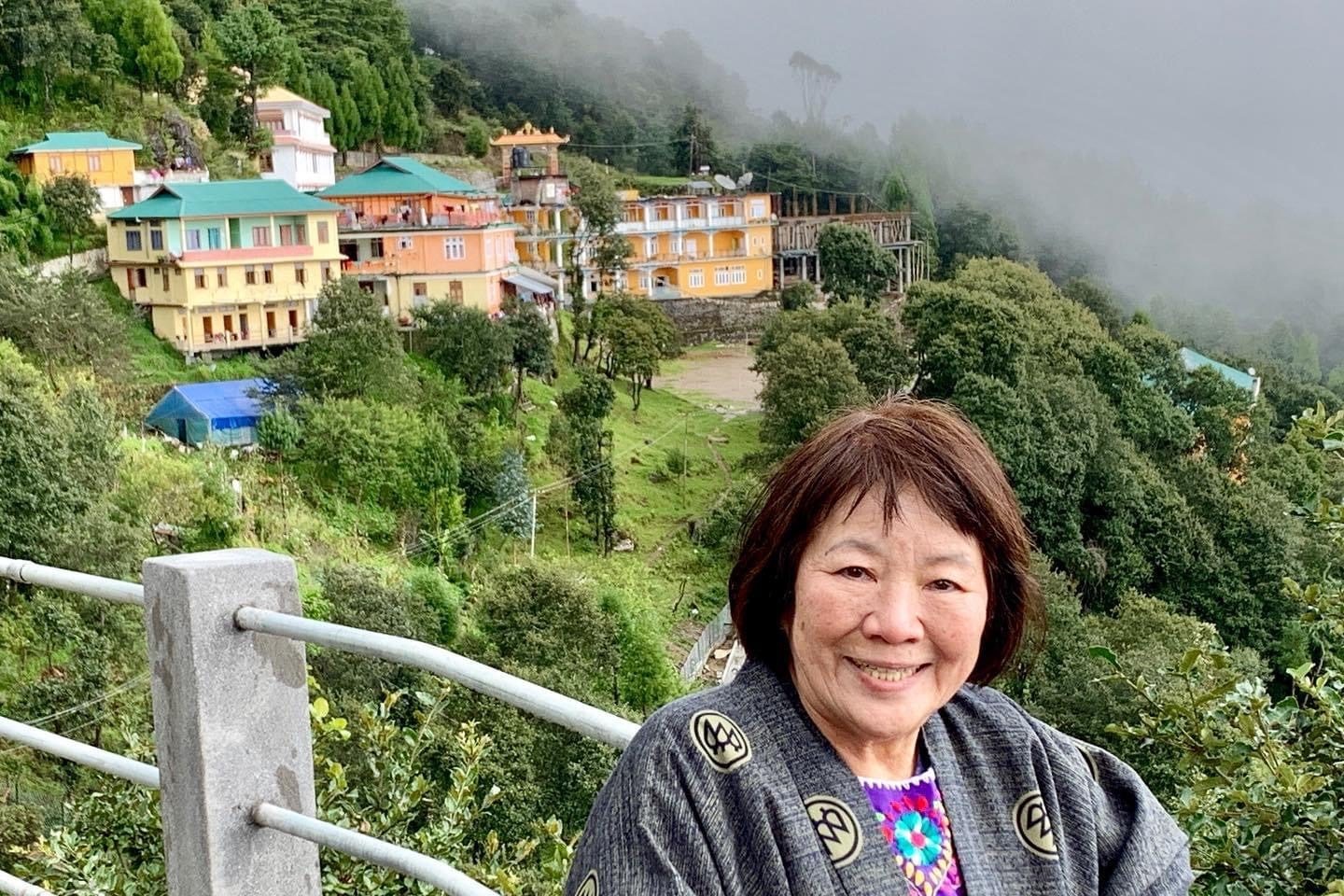
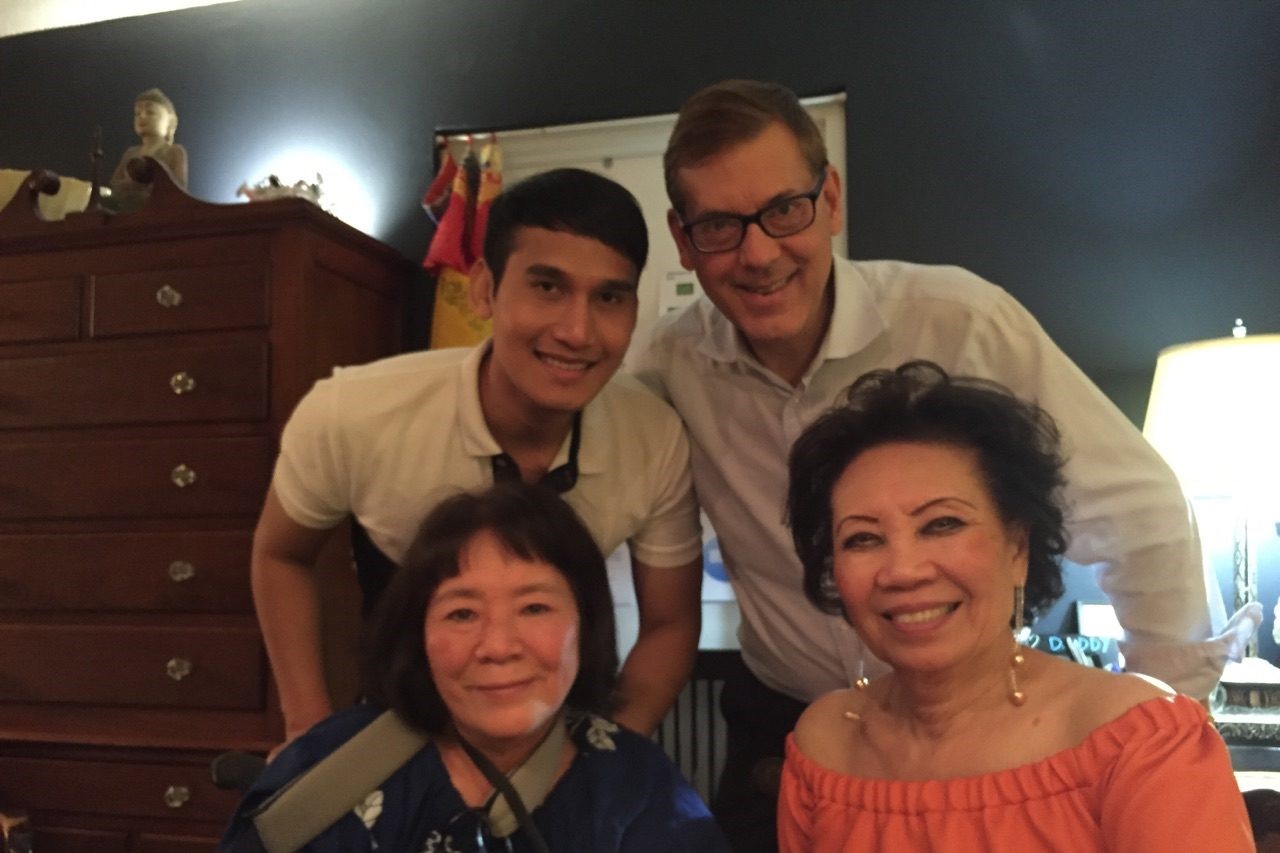

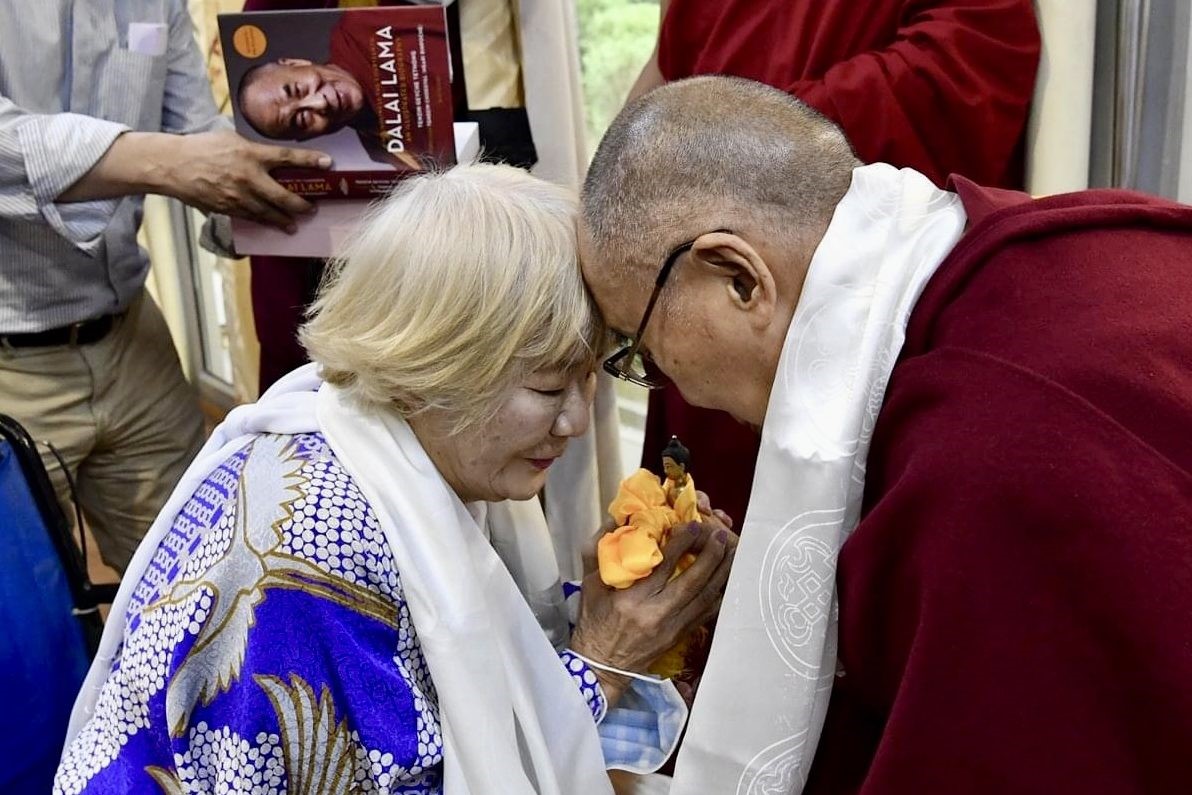
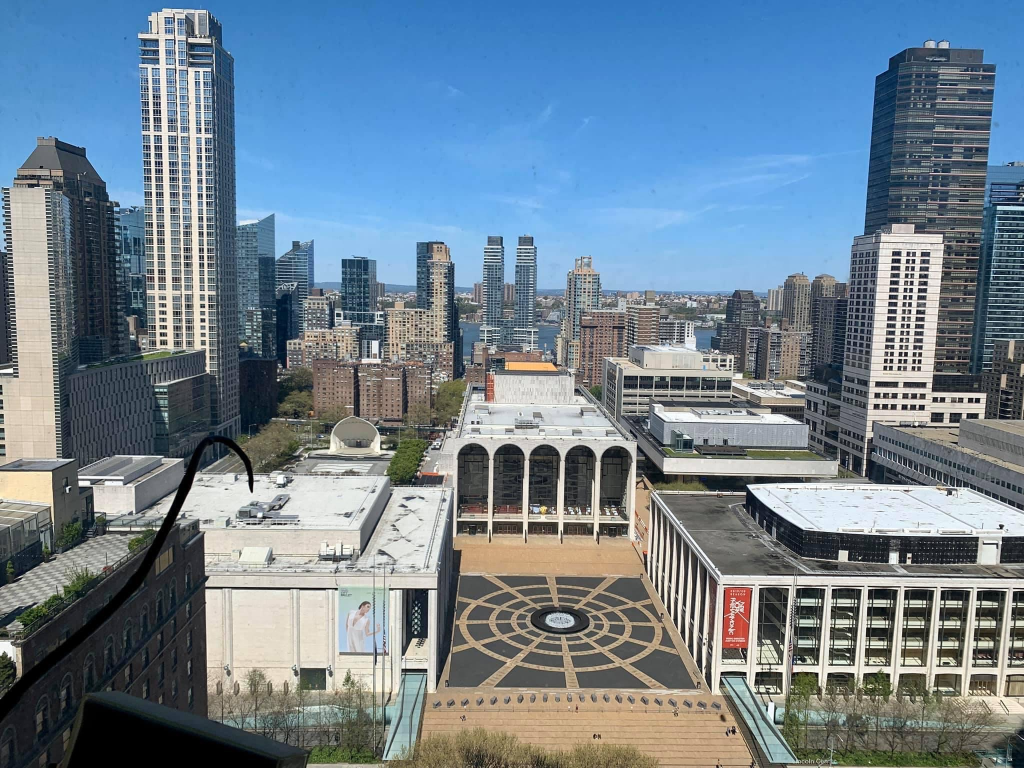
Images of My Mentor and Sensei, Dr. Kazuko Tatsumura
My Mentor and Sensei, Dr. Kazuko Tatsumura
Follow Jim Luce on Facebook, Instagram, LinkedIn, TikTok, and X (Twitter).
© 2024 The Stewardship Report on Connecting Goodness – Towards Global Citizenship is published by The James Jay Dudley Luce Foundation Supporting & Educating Young Global Leaders is affiliated with Orphans International Worldwide, Raising Global Citizens. If supporting youth is important to you, subscribe to J. Luce Foundation updates here.
Observing the Iditarod in Alaska
xxx

xxx

xxx
xxx
xxx

Charlie Rangel
xxx
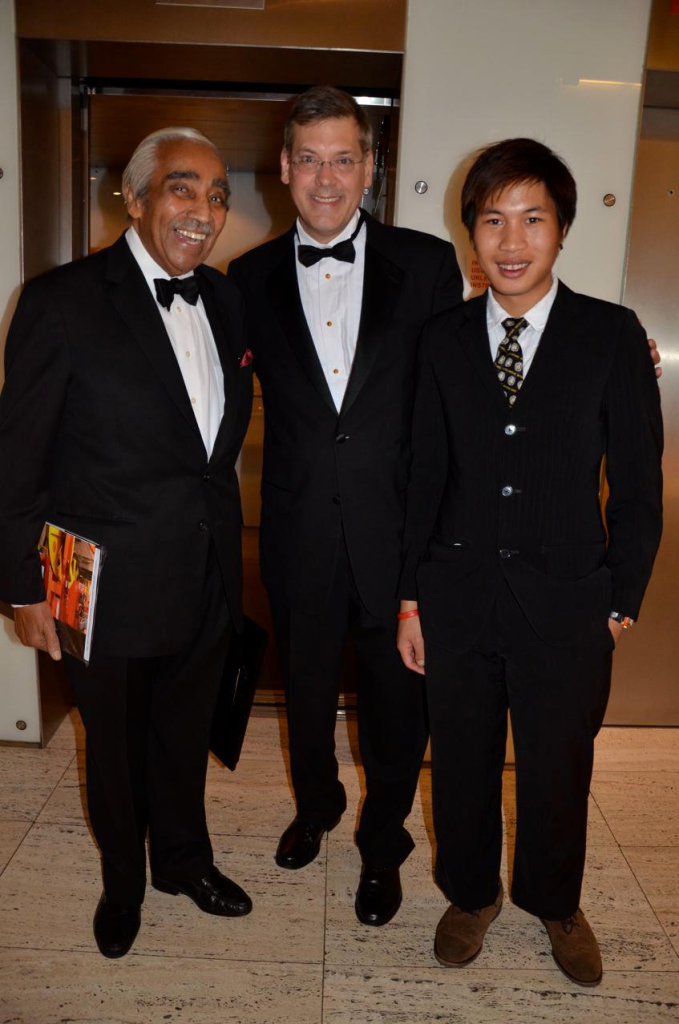
Leila Hadley Luce: The Last of the Great Luces?
Wings Co-Founder Leila Hadley Luce attends the 6th Annual Wings Worldquest Women of Discovery Awards Gala at Cipriani.
Leila Hadley Luce was brutally honest. She was stunningly beautiful. And she had enough money to do what she wished with her life. Leila’s dear friend, columnist Liz Smith, said in her memorial, “Do not rest in peace, dear Leila, just tear things up wherever you are!”
New York, N.Y. I met Leila Hadley Luce with Hank — known to outsiders as Henry Luce III of Time-Life — in their Sutton Place residence, at a reception they threw for my first national organization, Fundamentalists Anonymous. It was late fall in 1986. They had just married and I did not know what to expect.

She was the unexpected. “Darling, your life is so interesting!” I mused, in comparison to hers, it was nothing. But I had caught her interest.
In 1985 I had co-founded Fundamentalists Anonymous, an organization that immediately placed me on Phil Donahue. We were tackling the controversial subject of ‘religious addiction,’ at that time never mentioned on national television. I was 26.
Hank was the son of Harry Luce, who founded Time-Life in the 1920’s. The Luce family, however conservative on the Time-Life side, had always embraced Asia, a favorite part of the world for me. I had majored in East Asian Studies and studied at Waseda University in Tokyo. Leila approved.
Hank and Leila were enthusiastic for ecumenical and Interfaith ideas. They abhorred religious extremism. We were on the same page.
Hank steered the Advisory Board for my Fundamentalists Anonymous. He wanted to help me help those burned by their Fundamentalist experiences. We raised over a million dollars to sustain it, partially from the Henry Luce Foundation.
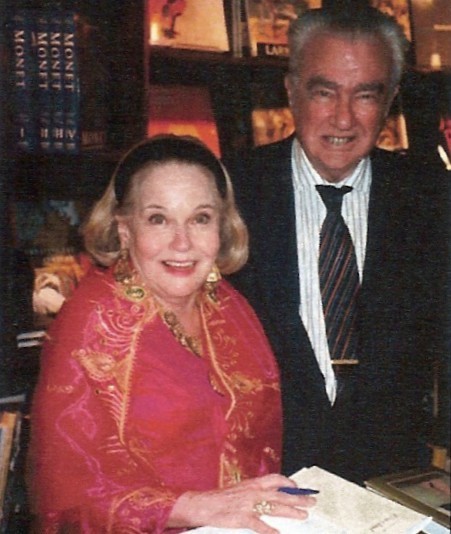
The Time-Life side of the Luce family were Mainline Presbyterian, although the second wife of Hank’s father Harry’ — Clare Boothe Luce — was deeply Catholic. I remember well her packed funeral at St. Patrick’s Cathedral on Fifth Avenue.
Leila had Anglican roots. She ended her journey in the Episcopal Church where she had been baptized, like myself. St. Thomas Episcopal where she was recently memorialized is just a few blocks up Fifth Avenue from St. Patrick’s.
Leila was raised in Old Westbury on Long Island where her childhood playmates were the Vanderbilt sisters. They remained life-long friends. A stunning debutante, she was introduced to society at the Ritz-Carlton in 1943.
At 25, already married and divorced from Arthur T. Hadley II, she sailed around the world. From those travels, she wrote Give Me The World, a New York Times bestseller. The book was published by Simon & Shuster in 1958 (reprinted in 1999). She then set off for South Africa, the West Indies, Europe, the Middle East, North Africa, Central America, and the Caribbean.
For several years she worked for the now-defunct Diplomat Magazine, as well as the Saturday Evening Post, Newsday, and the New York Times. In the 1970’s she was inspired by the Dalai Lama, and went on to publish Tibet 20 Years After the Chinese Takeover, a reprint of her lectures to the Society of Women Geographers.
In 1990, she married her third husband, my global adviser, mentor, and rather distant cousin Hank Luce III.
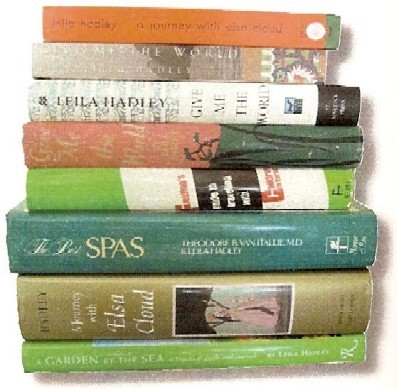
The Luce Family she married into broke the mold in many ways. Descendants of ship captains off Martha’s Vineyard, Luces have always been captains of their own ships.
Roughly 1/3 of the Martha’s Vineyard Navy just before the Revolution were Luces. We remarry, endlessly. And our family scandals exist more publicly than in other proper families.
Rear Admiral Stephen Bleecker Luce founded the U.S. Naval Academy at Annapolis. He led a naval expedition into Edo (Tokyo) Bay several years before Admiral Perry opened up Japan, but was chased away. The Academy knows this well, but most history books omit it.
Harry Luce’s Empire is perhaps the vision Rupert Murdoch has pursued so relentlessly. Hank introduced me to Rupert once at the Waldorf Astoria and I was surprised how unpleasant he seemed to be. So much power, so little grace.
I attended the once-Presbyterian College of Wooster. In 1980, the president informed me that Hank would be visiting the campus and, as a Luce, could I pitch him to build a dormitory in honor of the family?
“Hank,” I said, ushering up all my college-aged courage at a reception in President’s Copeland’s home, “It sure would be great to have a Luce Hall here at Wooster.” “Yes it would be,” he responded, “Go for it!” I was speechless.

Today, that dorm stands at Wooster in testament to the Luces, as do buildings at Yale and Princeton. The Henry R. Luce Hall is the home of Yale’s Center for International and Area Studies. Other notable structures include:
- The Luce Memorial Chapel at Tunghai University in Taichung, Taiwan, designed I.M. Pei and named in honor of Harry’s father, Rev. Henry Winters Luce, an American missionary in China in the late 19th century.
- Luce Chapel at the prestigious Yonsei University in South Korea.
- Henry R. Luce Chapel, Payap University, Thailand, as well as buildings bearing the Luce name on the campuses of Satya Wacana University in Indonesia, Central Philippine University, and Silliman University in the Philippines.
The Luce Family’s affinity for Asia came from generations of sailing by Luce ship captains, whalers and traders, off Cape Cod. I have rubbed many-hundreds-of-years-old gravestones on the Vineyard, of this Captain Luce and that Captain Luce who died at sea.
Leila was active throughout the 1990’s as a member of several philanthropic boards, including Tibet House and The Rubin Museum of Art.
Over the years I would chat with Leila on the phone. I apologized that I had missed Hank’s funeral in 2005 as I was traveling in Indonesia, building orphanages in the wake of the Tsunami with the organization I founded, Orphans International Worldwide.
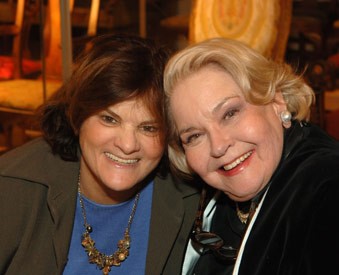
Leila was intrigued by my orphanages, but said, “Count me out on your travels, but my heart is with you.” Leila had emphysema in her later years and could not attend our receptions and dinners, even when they were held on Sutton Place — just down the street from her. “Darling, I am not well!”
Leila has inspired me to live life to the fullest and achieve to the maximum. I hope to mirror Hank and Leila’s core values: altruism, internationalism, and ecumenicalism. The motto of Orphans International — Interfaith, Interracial, International, Inter-generational, and Internet-Connected — reflects and updates these values.
I can only hope that my own recently launched James Jay Dudley Luce Foundation may play a tiny role in maintaining these Luce traditions.
My side of the family is as far away from Hank’s side as is possible. If I remember correctly, I am direct descendant of the first son of Henry Luce of England, who arrived on the Vineyard in the late 1600’s, eleven generations prior. Hank, in contrast, was direct descendants of the original Henry Luce’s tenth son.

And Leila was of course not a Luce, but the wife of one. And yet she personified the best of the Luces. She was brutally honest. She was stunningly beautiful. And she had enough money to do what she wished with her life.
Auld lang syne friends, including actress Tammy Grimes, Mrs. Arnold (Michelle) Dolan Ehrlich, and editor and publicist Gloria Starr Kins, all felt a loss for Leila – one of the lights of their world that had gone out. Michelle’s late husband Arnold was the former head of Curtis Publishing, publishers of Saturday Evening Post and Publisher’s Weekly.
Betsy von Furstenberg was an honorary pallbearer. Other honorary pallbearers included Marilyn Bridges, Gertrude Vanderbilt, Ira Gitler, Dr. Steven Soter, and Francine Douwes Whitney.
Leila’s dear friend, columnist Liz Smith, said in her memorial, “Do not rest in peace, dear Leila, just tear things up wherever you are!”
Leila Hadley Luce: The Last of the Great Luces? (Published in the Huffington Post, April 25, 2009)
Jules Verne’s Kip Brothers Translated into English after 100 Years
Jules Verne had a passion for travel and exploration expressed in his global adventure stories. He was thought a leader on the future of science. In his early years he was forced to drop out of law school in Paris when his father cut him off. He survived as a stockbroker as he began to write his many books.
New York, N.Y. The book, a crime drama, celebrates the fraternal bonds of brotherhood, written shortly after the death of Verne’s brother and best friend, a French sailor. Part of “Extraordinary Voyages,” Jules Verne’s The Kip Brothers was never translated into English for a variety of reasons, including because of its anti-American and anti-British sentiment.
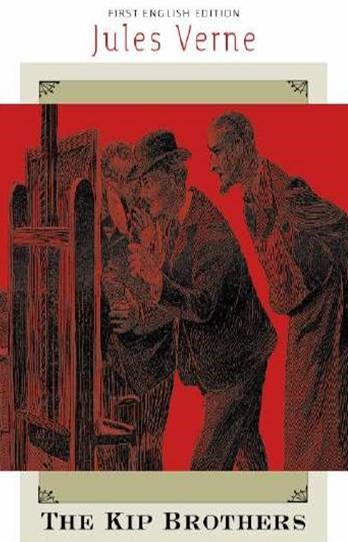
Mostly it was not translated because it veered away Verne’s typical science fiction tales. First published in French in 1902, it arrived in English in 2007 (Wesleyan University Press).
The book, a crime drama, celebrates the fraternal bonds of brotherhood, written shortly after the death of Verne’s brother and best friend, a French sailor. The bond between the two heroes is so close it raised the question in this writer’s mind whether gay relationships could have been written about openly in Victorian France?
The breathtakingly visual plot of this classic is set over the Pacific Ocean, like Verne’s 20,000 Leagues Under the Sea. The book unfolds as its Dutch brothers adventure in Australian Tasmania and New Zealand, both former British colonies.
The story is told in a gripping before and after. Before, Karl and Pieter Kip become castaways, shipwrecked on a barren island in the South Seas. They are rescued by the brig James Cook, which we learn has serious trouble on board.
Shortly thereafter, two particularly unpleasant mutineers kill the kindly captain. The Kip brothers help to foil this onboard mutiny while rescuing the ship in a storm.
However the brothers find themselves accused and convicted of the captain’s murder when they finally reach shore. They are first framed in court, and then sentenced to death.

Their only advocate is the owner of the ship that rescued them. He manages to get their sentences changed to life imprisonment in an Australian penal colony, while he continues to look for proof that will bring the real culprits to justice.
After, the Kip brothers spend the novel’s second part trying to escape a horrible penal colony. The good character of these Dutch brothers goes a long way to let everyone know that would never be capable of murder, but this must be proven to the courts.
In this story, perhaps most interestingly, Verne interweaves an exciting exploration of the South Pacific with a tale of judicial error reminiscent of the infamous Dreyfus Affair, which continued to rock Europe in the author’s lifetime.
The Dreyfus Affair was the political scandal which divided France in the 1890’s. It involved the conviction for treason of Captain Alfred Dreyfus, a young French officer of Jewish descent.
Sentenced to life imprisonment for having communicated French military secrets to the Germans, Dreyfus was sent to Devil’s Island off French Guiana on the northern coast of South America.
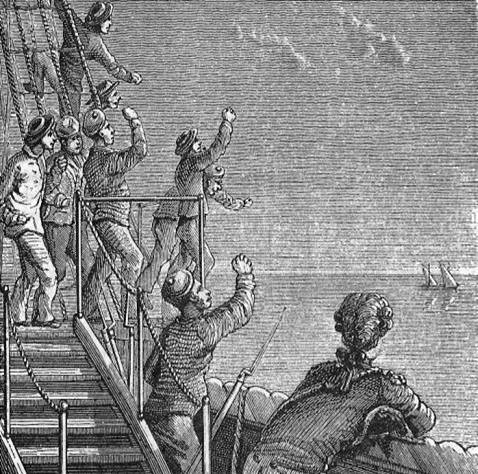
Two years later, evidence came to light identifying a French Army major as the real culprit. However, high-ranking military officials suppressed this new evidence. Word of the military court’s framing of Alfred Dreyfus and of an attendant cover-up began to spread, largely due to Emile Zola’s expose in the French press.
The case had to be re-opened and Alfred Dreyfus was brought back from Guiana in 1899 to be tried again. The intense political and judicial fighting that ensued divided French society between those who supported Dreyfus (the Dreyfusards) and those who condemned him (the anti-Dreyfusards).
Seemingly, Verne was an anti-Dreyfusard in the beginning, but through writing The Kip Brothers, he transformed into a Dreyfusard.
The Kip Brothers is an extraordinary work for this reason alone. The classic was penned over 100 years ago by a brilliant leader in thought and global citizen.
It remains close to my heart because the English translation is by another world thinker, a man with a doctorate from Yale in French who also translated Verne’s The Mighty Orinoco and The Begum’s Millions, my father, Stanford L. Luce.
Jules Verne’s Kip Brothers Translated into English after 100 Years (Originally published in Huffington Post, June 11, 2009)
Remembering Henry Stokes, Quaker Volunteer Medic in Caves of Yenan
My uncle regaled me with tales of his volunteer medic days with Mao Tze Tung and troops in the caves of Yenan.
New York, N.Y. Perhaps the grandest relative I ever had was neither a Luce nor a Dudley. He joined our family as my regal aunt Elizabeth’s second husband.
I would sit by him, mesmerized, at the South Shore Boston home my grandfather built in the 1940’s as he regaled me with tales of his volunteer medic days with Mao Tze Tung and troops in the caves of Yenan. His name was Henry W. Stokes of Philadelphia.
My cousin wrote a few hours ago to say, “Henry died peacefully at home on Sunday morning (9/26) at sunrise over Hingham Harbor at his home at 153 Otis Street.
There will be Quaker memorial service on Oct 16 at 11:00 at the Fellowship Hall of the Old Ship Church. He was 92 years old and certainly was a Renaissance man with so many different interests and talents.”

Henry W. Stokes died at home in Hingham September 26, 2010.
Born to Francis J. and Lelia W. Stokes, Henry attended Germantown Friends School (1936) and, like my father, Dartmouth College (1940).
He worked at Foxboro Company 1941-1944, when he joined The American Friends Service Committee (AFSC) Friends’ Ambulance Unit in India and China.
He added charcoal burning engines to 2½ ton Dodge trucks used as ambulances.
Henry designed precision tools at his factory, Woodruff and Stokes Co.
According to the Nobel Prize Committee, which conferred the American Friends Service Committee with its prize in 1947:
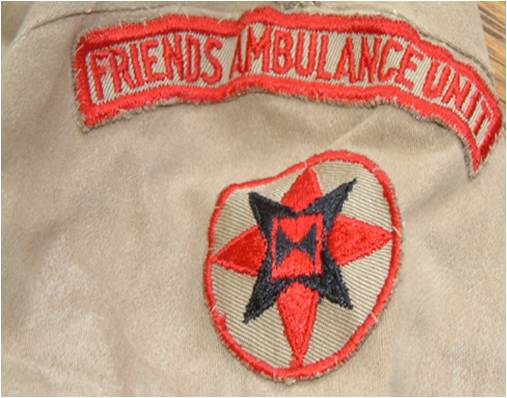
The AFSC was founded in 1917 by members of the Religious Society of Friends in the U.S. in order to provide young Quakers and other conscientious objectors to war with an opportunity to perform a service of love in wartime.
In the ensuing years, the Committee has continued to serve as a channel for Quaker concerns growing out of the basic Quaker belief that «there is that of God in every man» and the basic Quaker faith that the power of love can «take away the occasion for all wars».
Though the Religious Society of Friends itself is small, the work of the Committee is supported by thousands of like-minded men and women of many races, creeds, and nationalities, who serve on its staff or make contributions, both financial and spiritual, to its ongoing programs.
«A good end cannot sanctify evil means; nor must we ever do evil, that good may come of it;» wrote William Penn, the Quaker who founded Pennsylvania in the seventeenth century; «let us then try what love can do.» When the AFSC celebrated its fiftieth anniversary in 1967, «To See What Love Can Do» became its motto.
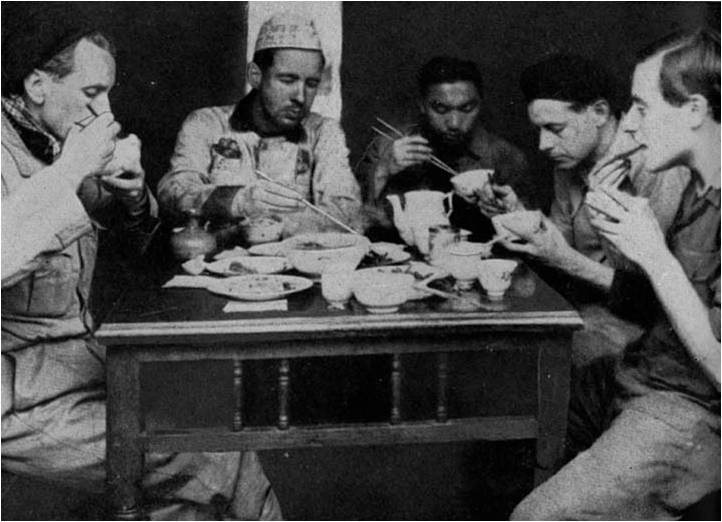
According to his obituary:
Henry’s strong sense of civic responsibility led him to serve on many boards in Hingham including overseeing the building of the Middle, Plymouth River, and East Schools, as well as additions to the Central Jr. High, High School and Foster Schools.
He served as Selectman. One of his greatest contributions to Hingham was to help raise funds for the purchase of World’s End.”
Henry had a passion for nature, sailing, repairing clocks, and inventing. He loved to solve problems especially when it meant making a device that saved time or energy.
Henry is survived by brother David, four children from his first wife Katharine Sangree:
Alison Gottlieb, Joan Sangree, Lelia Weinstein and Henry Sangree Stokes, three step-children from his marriage to Elizabeth Allyn: Judith Rheinstrom, Claudia Downey, and Jonathan Allyn, grandchildren and great grandchildren.
The memorial service will be held on October 16th at 11am at the Old Ship Church Fellowship Hall in Hingham, Mass. In lieu of flowers, donations may be made to Trustees of Reservations.
I embraced Henry Stokes as an uncle from the day I met him decades ago. He was perfect for my aunt Elizabeth – and he was the perfect uncle. He was also generous with my own charity, Orphans International Worldwide (OIW).
I can only hope to inspire my own nieces and nephews in the grand manner that Henry Stokes inspired me. A man of the strongest possible convictions, he was my own family’s true thought leader and global citizen.
Remembering Henry Stokes, Quaker Volunteer Medic in Caves of Yenan (Originally published in Daily Kos, Oct. 9, 2010)
See also by Jim Luce:
- Remembering Elizabeth Luce Allyn Stokes (1925 – 2003)
- Remembering my Father, Stanford Leonard Luce (1923 – 2007)
Kenyan Fossil Hunter, Conservationist Richard Leakey Pushed to Ban Ivory Market
Kenyan Fossil Hunter, Conservationist Richard Leakey Pushed to Ban Ivory Market (May 18, 2022)
New York, N.Y. I first heard Richard Leakey speak at the College of Wooster where I attended in the early 1980’s.
Jim Luce Writes on Anthropology
Jim Luce brings both academic training and global curiosity to his anthropological writing, drawing on his college studies in anthropology and firsthand encounters with the world’s premier cultural institutions. His explorations have taken him through Mexico City’s National Museum of Anthropology, the British Museum’s vast ethnographic collections including the Elgin Marbles, and the Smithsonian’s National Museum of Natural History with its renowned Hall of Human Origins. Through this combination of scholarly foundation and museum immersion, Luce examines the intersection of human history and cultural preservation, profiling pioneering figures like fossil hunter Richard Leakey while covering critical contemporary issues from museum repatriation efforts to wildlife conservation. His writing illuminates how anthropology continues to shape our understanding of humanity’s journey, addressing the urgent need to preserve irreplaceable remnants of our collective story for future generations. With Machu Picchu still on his travel bucket list, Luce continues seeking out the places where ancient human stories come alive.

- Kenyan Fossil Hunter, Conservationist Richard Leakey Pushed to Ban Ivory Market [draft]
- Museo Nacional de Antropologia: Mexico City’s Finest Museum [draft] (May 18, 2021)
- Netherlands Returns Historic “Java Man” Fossils to Indonesia (Sept. 12, 2025)
Follow Jim Luce on Facebook, Instagram, LinkedIn, TikTok, and X (Twitter).
© 2024 The Stewardship Report on Connecting Goodness – Towards Global Citizenship is published by The James Jay Dudley Luce Foundation Supporting & Educating Young Global Leaders is affiliated with Orphans International Worldwide, Raising Global Citizens. If supporting youth is important to you, subscribe to J. Luce Foundation updates here.
Jim Luce Writes on Poland and Polish Americans
Jim Luce’s fascination with Poland began with a pivotal journey in 1980, when he first visited Warsaw just before the Soviet invasion that would reshape the nation’s destiny. Walking through the meticulously reconstructed cobblestone streets of the Old Town—painstakingly rebuilt from rubble after World War II—he was captivated by the resilience and determination of the Polish people to preserve their cultural heritage against overwhelming odds.
This initial encounter sparked a decades-long engagement with Poland and the Polish-American community, resulting in a collection of writings that span tourism, politics, military affairs, and personal profiles. From exploring the medieval charm of Cracow to analyzing contemporary defense strategies, Luce’s work captures both the historical weight and modern vitality of a nation that has repeatedly risen from adversity.

- Bucket List: Visiting Cracow in Poland (July 9, 2016)
- Lech Walesa: Champion of Solidarity and Global Democracy (July 9, 2010)
- Poland Must Prepare Army for Full-Scale Conflict: Army Chief (July 12, 2024)
- Polish Forces Strengthen Eastern Defenses Amid Regional Tensions (Aug. 16, 2025)
- Tadeusz Sudol: Connected To Two Worlds — New York And Old Europe
(Originally published in Huffington Post, Oct. 20, 2016)
Follow Jim Luce on Facebook, Instagram, LinkedIn, TikTok, and X (Twitter).
© 2024 The Stewardship Report on Connecting Goodness – Towards Global Citizenship is published by The James Jay Dudley Luce Foundation Supporting & Educating Young Global Leaders is affiliated with Orphans International Worldwide, Raising Global Citizens. If supporting youth is important to you, subscribe to J. Luce Foundation updates here.
ABOUT Addiction Advice Africa Africa – South Africa – West Americas & Caribbean Analysis Animals & Animal Rights Anthropology Architecture Asia – East Asia-Pacific Asia – South Asia – Southeast Authoritarianism Available Content Biography Calendar Celebrity Children Childrens' Literature China (PRC) Cities & Urban Development Corporations Cuisine & Culinary Arts CULTURE Dance Disaster & Development Economics Education Europe Events Extremism Eyewitness Faith, Religion & Theology Family & Relationships Fashion Film & TV Global Warming Goodness Gun Control Health & Hygiene Heros of Democracy History Human Rights Humor Immigration & Migration In Depth International Relations Jim Luce Writes Law & Judicial System Leadership Liberation Movements Media Mental Health Mideast Monthly Feature Museums & Galleries Music Nature News Obituary Older Adults Open Orphans International Outer Space Pacific Islands Peace & Conflict Resolution Philanthropy Philosophy Philosophy Photography Poetry & Fiction Politics Pop Culture Poverty Press Pulse Profiles Racisim & Black Lives Matter Review Royalty Science & Technology Service Organizations Sexuality & Gender Social Media Sports & Olympics The Arts Theater & Comedy Travel U.N. U.S. Video Viewpoint War, Conflict & Terrorism Women WORLD World War II World War III Youth
Puppy Mills: In America, Legal Loopholes Fuel Cruelty
New York, N.Y. – The grim reality of puppy mills has sparked renewed debate as advocates push for stronger regulations to combat the inhumane conditions plaguing these commercial breeding facilities.
According to a comprehensive report by the World Animal Foundation, puppy mills prioritize profit over animal welfare, often subjecting dogs to appalling living conditions. This article delves into the legal status of puppy mills, their impact, and the ongoing fight to end their cruel practices.
Puppy Mills: A Legal Loophole?
Puppy mills are large-scale breeding operations that mass-produce puppies for sale, often neglecting the health and well-being of the animals.
The World Animal Foundation explains, “Puppy mills are not inherently illegal in the U.S., but their operations often skirt the edges of existing animal welfare laws.”
While the Animal Welfare Act (AWA), enforced by the U.S. Department of Agriculture (USDA), sets minimum standards for animal care, enforcement is inconsistent. Many mills exploit loopholes, such as exemptions for facilities with fewer than four breeding females or those selling directly to consumers.
The lack of stringent oversight allows puppy mills to thrive. “The AWA’s regulations are outdated and fail to address the scale of modern puppy mill operations,” the foundation notes. In states like Missouri and Iowa, which house the highest number of licensed puppy mills, weak enforcement exacerbates the problem. Advocates argue that federal laws need updating to close these gaps and protect vulnerable animals.
Inhumane Conditions Exposed
The World Animal Foundation highlights the dire conditions in puppy mills, where dogs are often confined to cramped, unsanitary cages. “Breeding dogs are treated as commodities, forced to produce litter after litter with little regard for their health,” the report states. Many suffer from malnutrition, untreated injuries, and severe stress. Puppies from these facilities frequently face genetic disorders due to overbreeding and lack of veterinary care.
Consumers are often unaware of these conditions when purchasing pets from pet stores or online retailers, which frequently source from puppy mills. The foundation emphasizes, “Buyers may unknowingly support this cycle of cruelty, as puppies are marketed as healthy despite their origins.” This lack of transparency fuels the industry, with an estimated 10,000 puppy mills operating in the U.S., both licensed and unlicensed.
Legislative Efforts Gain Traction
Efforts to curb puppy mills have gained momentum in recent years. The World Animal Foundation points to states like California and Maryland, which have banned pet stores from selling commercially bred puppies, as models for reform. These laws aim to disrupt the supply chain by encouraging adoption from shelters or purchases from reputable breeders. “Such measures force puppy mills to adapt or shut down,” the foundation reports.
At the federal level, the Puppy Protection Act, introduced in 2021, seeks to strengthen AWA standards by mandating larger enclosures, regular veterinary care, and limits on breeding frequency. While the bill has garnered bipartisan support, it faces resistance from agricultural lobbies. The foundation urges, “Public pressure is critical to pushing this legislation forward.”
The Role of Public Awareness
Raising awareness is key to dismantling the puppy mill industry. The World Animal Foundation advocates for educating consumers about the importance of adopting from shelters or researching breeders thoroughly. “Adopting from a shelter not only saves a life but also reduces demand for mill-bred puppies,” the report advises. Organizations like the Humane Society and ASPCA offer resources to help consumers identify responsible breeders who prioritize animal welfare.
Social media campaigns have also amplified the issue, with hashtags like #StopPuppyMills and #AdoptDontShop trending on platforms like X. These efforts encourage pet owners to share stories of rescued animals, putting pressure on lawmakers to act. The foundation notes, “Consumer demand drives change. When people refuse to buy from mills, the industry’s profits dry up.”
Challenges Ahead
Despite progress, challenges remain. The World Animal Foundation warns that unlicensed puppy mills, operating under the radar, are harder to regulate. Online marketplaces have made it easier for these facilities to sell directly to consumers, bypassing traditional oversight. Additionally, cultural attitudes toward pet ownership must shift to prioritize adoption over purchasing.
The foundation calls for a multi-pronged approach: stricter laws, better enforcement, and widespread education. “Ending puppy mills requires collaboration between lawmakers, advocates, and the public,” the report concludes. By supporting ethical breeding practices and shelter adoptions, consumers can play a pivotal role in dismantling this cruel industry.
#StopPuppyMills #AdoptDontShop #PuppyProtectionAct #AnimalWelfare
Tags: puppy mills, animal welfare, pet adoption, puppy protection act,
humane society, aspca, pet stores, breeding regulations
Jim Luce Writes on Washington
I first visited Washington with my grandmother at the age of twelve and took my own son there when he was only two.

- Visiting the U.S. Capital in Washington, D.C. [draft]
Follow Jim Luce on Facebook, Instagram, LinkedIn, TikTok, and X (Twitter).
© 2024 The Stewardship Report on Connecting Goodness – Towards Global Citizenship is published by The James Jay Dudley Luce Foundation Supporting & Educating Young Global Leaders is affiliated with Orphans International Worldwide, Raising Global Citizens. If supporting youth is important to you, subscribe to J. Luce Foundation updates here.
Jumaane Williams
xxx
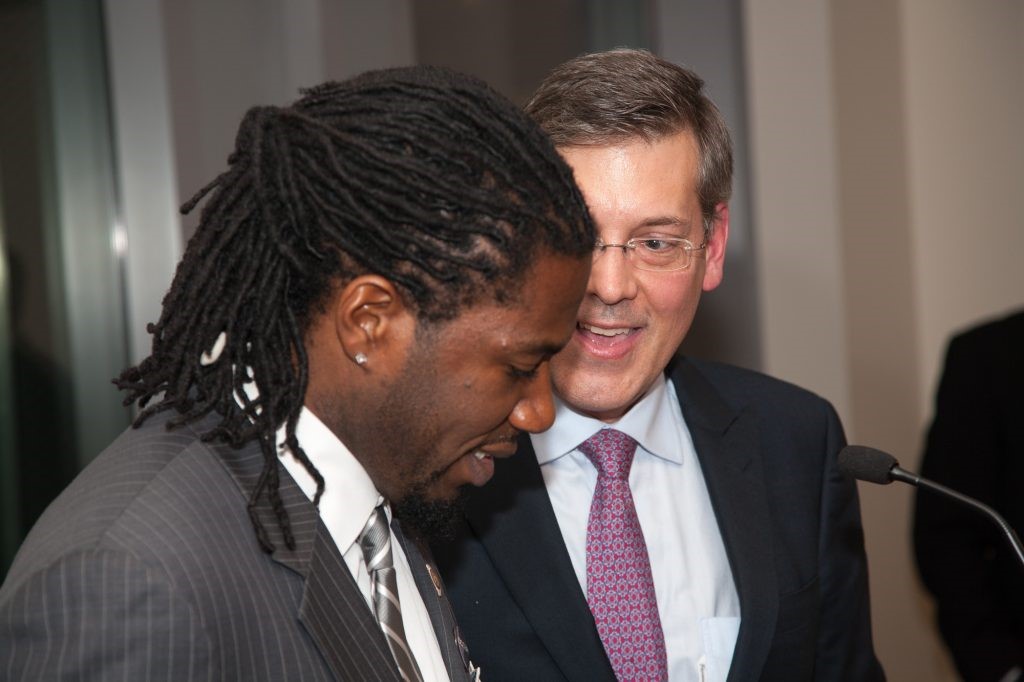
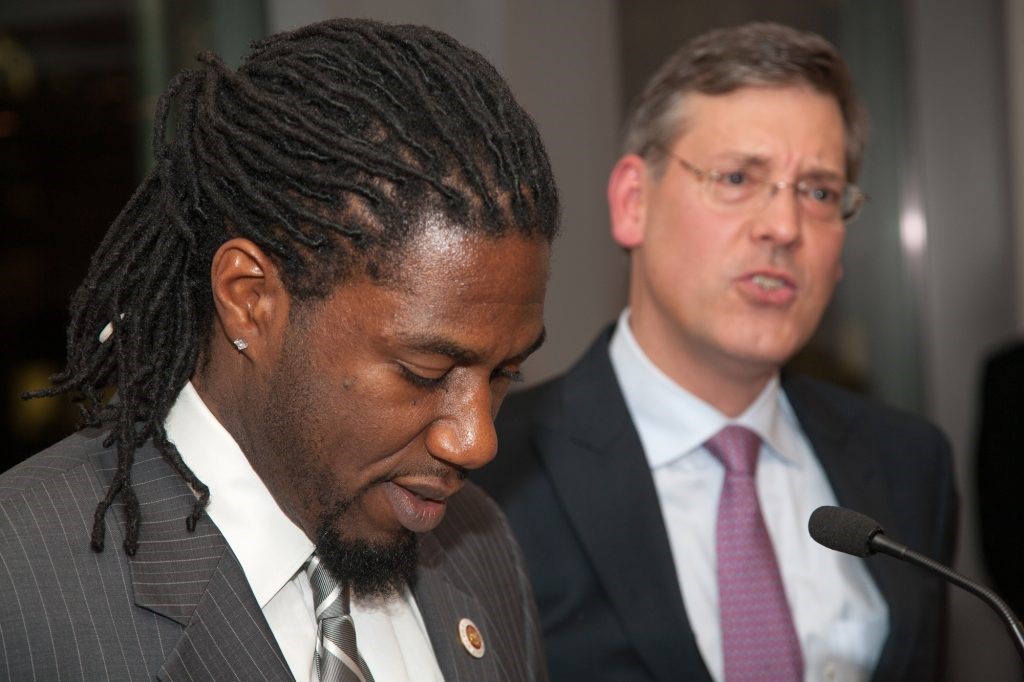
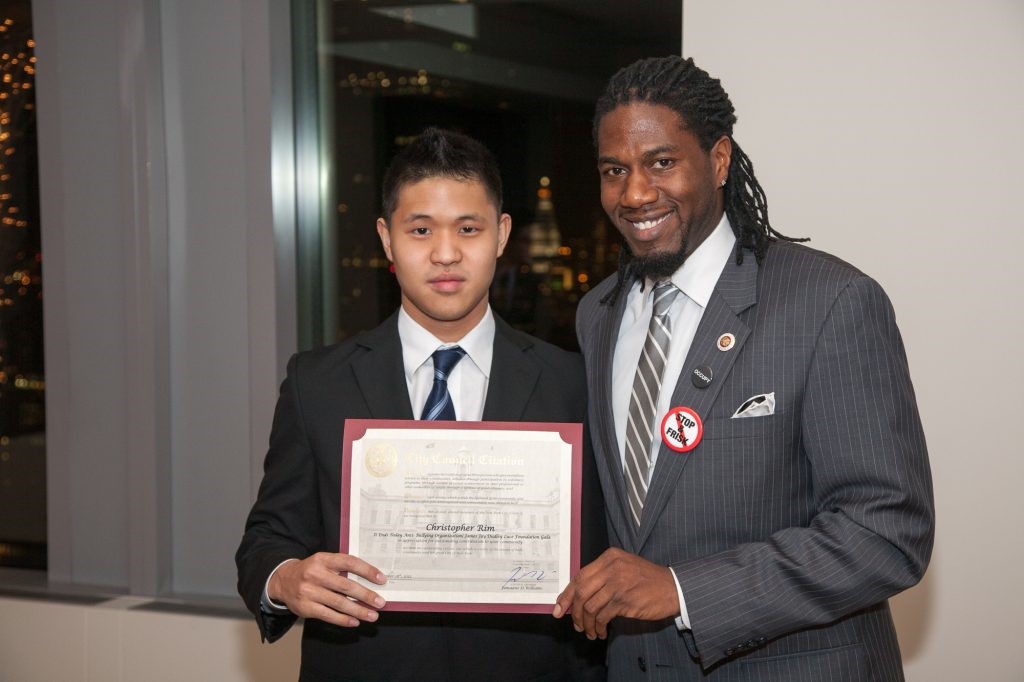
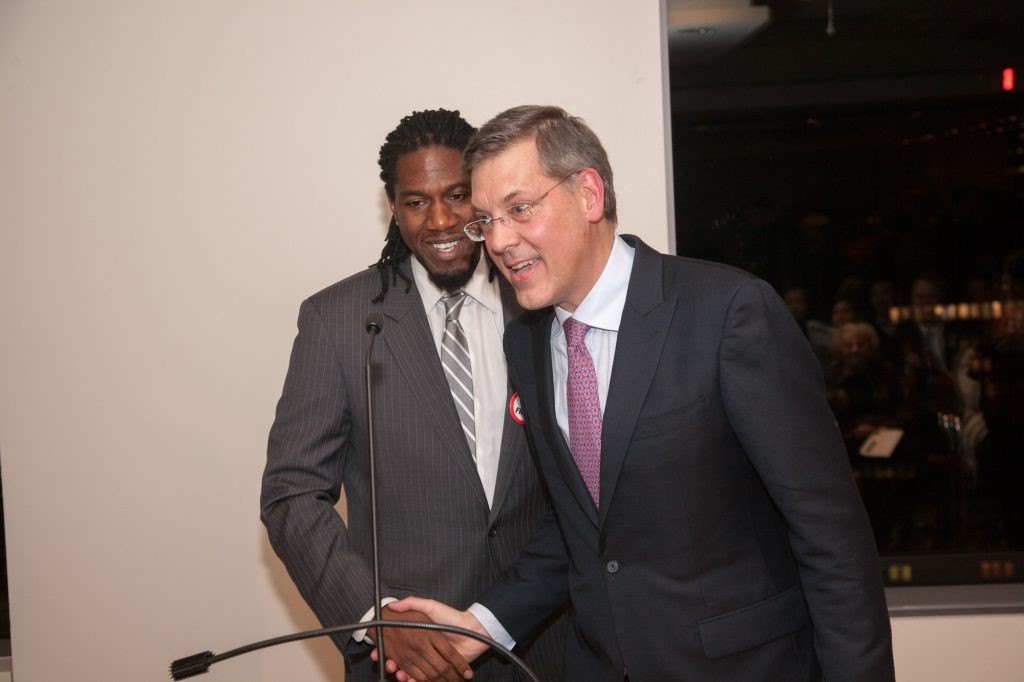
Jim Luce Writes on Indonesia & Indonesian-Americans
Jim Luce brings a deeply personal perspective to his writing on Indonesia and Indonesian Americans, drawing from years of humanitarian work and intimate family connections that have shaped his understanding of this vibrant archipelago nation and its diaspora.
Through his dedicated work with orphans across Sumatera, Sulawesi, and Bali, Jim has witnessed firsthand the resilience of Indonesian children facing extraordinary circumstances. His connection to Indonesia deepened through his most personal relationships—his former partner and adopted son Mathew both hail from Indonesia, creating familial bonds that offer him an insider’s perspective on Indonesian culture and values.
For several transformative years, Jim maintained homes in both New York City and Jakarta, living a truly bi-continental existence that allowed him to experience Indonesia not as a visitor, but as someone woven into the fabric of daily Indonesian life. This unique combination of humanitarian experience, family connections, and sustained residence has positioned Jim to write with both emotional depth and cultural authenticity about Indonesian experiences, bridging the gap between Indonesian and American perspectives.

- Blood and Billions: Devastating Legacy of Indonesia’s Dictator Suharto (July 10, 2025)
- Eyewitness | Elementary Education in Indonesia (June 23, 2020)
- From Colonial Resistance to Revolution: PKI’s Role in Indonesia’s Independence (July 9, 2025)
- Guerrilla Professor: Dr. Katrina Tendean’s Secret Role in Indonesia’s Rebellion (July 8, 2025)
- Help Empower Teen Mothers in Indonesia
- How the CIA’s 1958 Indonesia Coup Attempt Unraveled in Failure (July 8, 2025)
- In Indonesia: The Basics for Americans (May 27, 2012)
- Indonesia: From Chinese Persecution to Diplomatic Reconciliation (June 10, 2025)
- Indonesia Reclaims Its Global Voice at a Fractured United Nations (Sept. 24, 2025)
- Indonesia’s Revolutionary War Ends Four Centuries Colonial Rule (July 10, 2025)
- Indonesia’s Unhealed Wound: 1965-66 Anti-Communist Purge (July 9, 2025)
- Netherlands Returns Historic “Java Man” Fossils to Indonesia (Sept. 12, 2025)
- Photo Essay: A City Destroyed – the Tsunami Erased Banda Aceh, Indonesia (June 8, 2022)
- Photo Essay: First Pediatric Health Clinic of Orphans International in Indonesia (June 8, 2023)
- Photo Essay: In Aceh Indonesia, Happy Faces of Young Tsunami Survivors (June 7, 2024)
- Photo Essay: Post-Tsunami Survival in Banda Aceh, Indonesia (June 9, 2021)
- Raising Mathew Luce, Incredible Inspiration of “Mathew’s Rule” [draft]
- Twenty Years Passing Since Great Indian Ocean Tsunami Swept 250,000 to Their Death [draft]
- Video: Leadership Experience Indonesia – Learning the Song Esa Mokan (July 24, 2018)
- Whoosh: Indonesia’s High-Speed Railway Connects Major Cities (July 28, 2025)
Follow Jim Luce on Facebook, Instagram, LinkedIn, TikTok, and X (Twitter).
© 2024 The Stewardship Report on Connecting Goodness – Towards Global Citizenship is published by The James Jay Dudley Luce Foundation Supporting & Educating Young Global Leaders is affiliated with Orphans International Worldwide, Raising Global Citizens. If supporting youth is important to you, subscribe to J. Luce Foundation updates here.
